
Julien Pebrel - Gagauz Yeri
Gagauz Yeri
Photos : Julien Pebrel / Myop || Text available by Anaïs Coignac
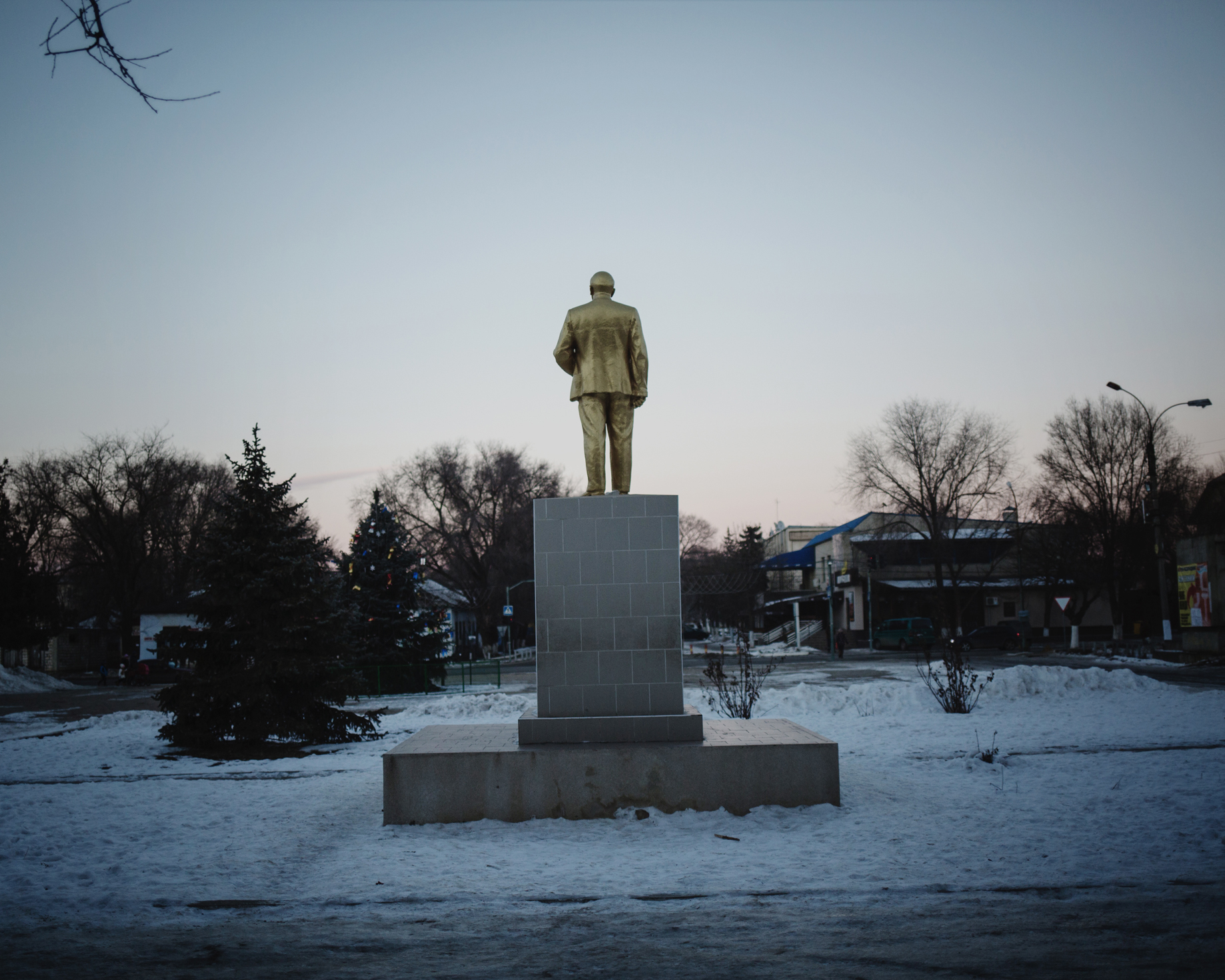
Ceadir-Lunga - In front of the House of Culture, a renovated statue of Lenine.
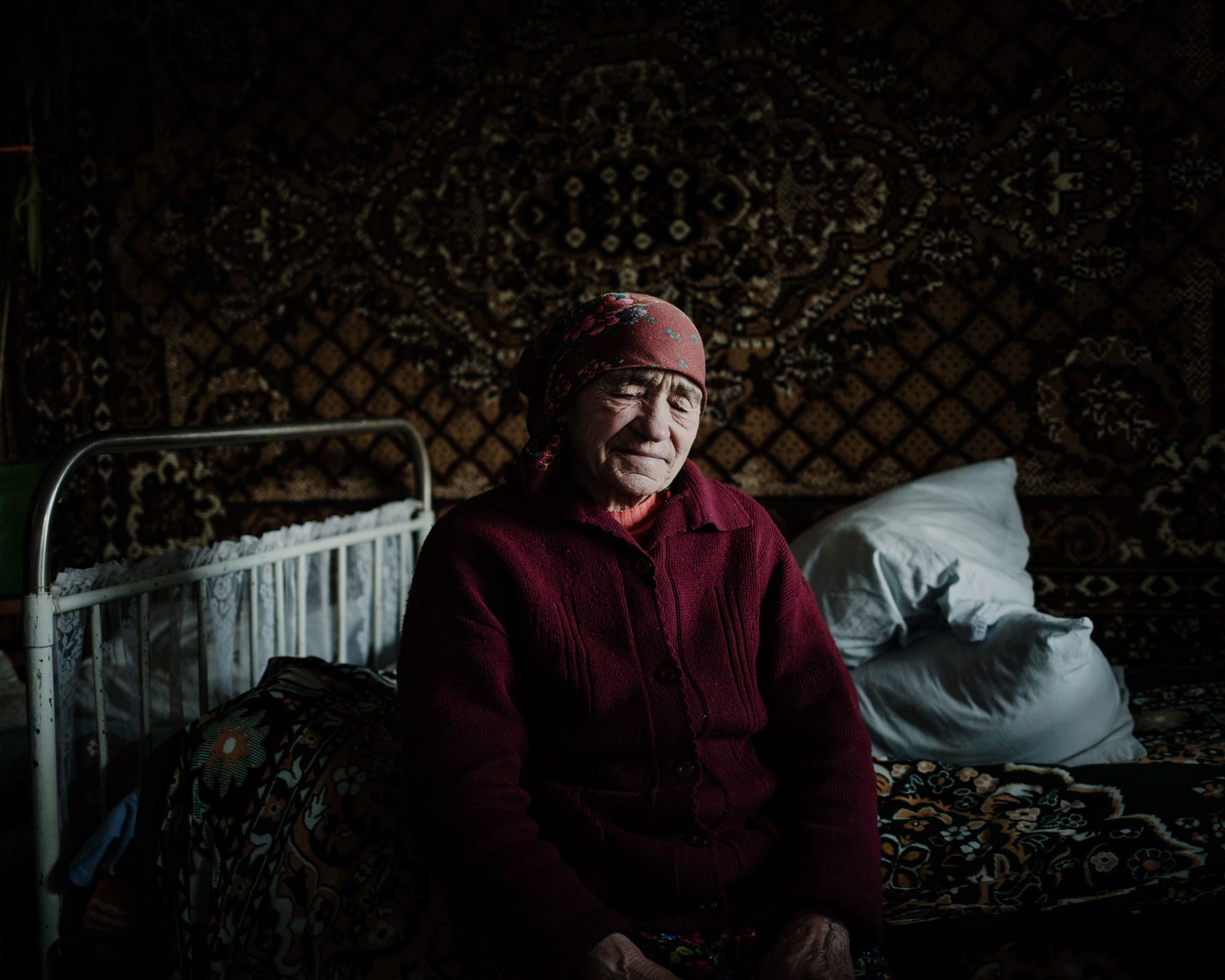
Besalma - Elena Ivanovna Voïko is 78 years old. She has worked 17 years in construction, 10 years in tobacco in- dustry and 15 years in the fields. She sings beautiful old gagauz songs “when i’m sad, and then i feel better”, for instance when she thinks about her dead son.
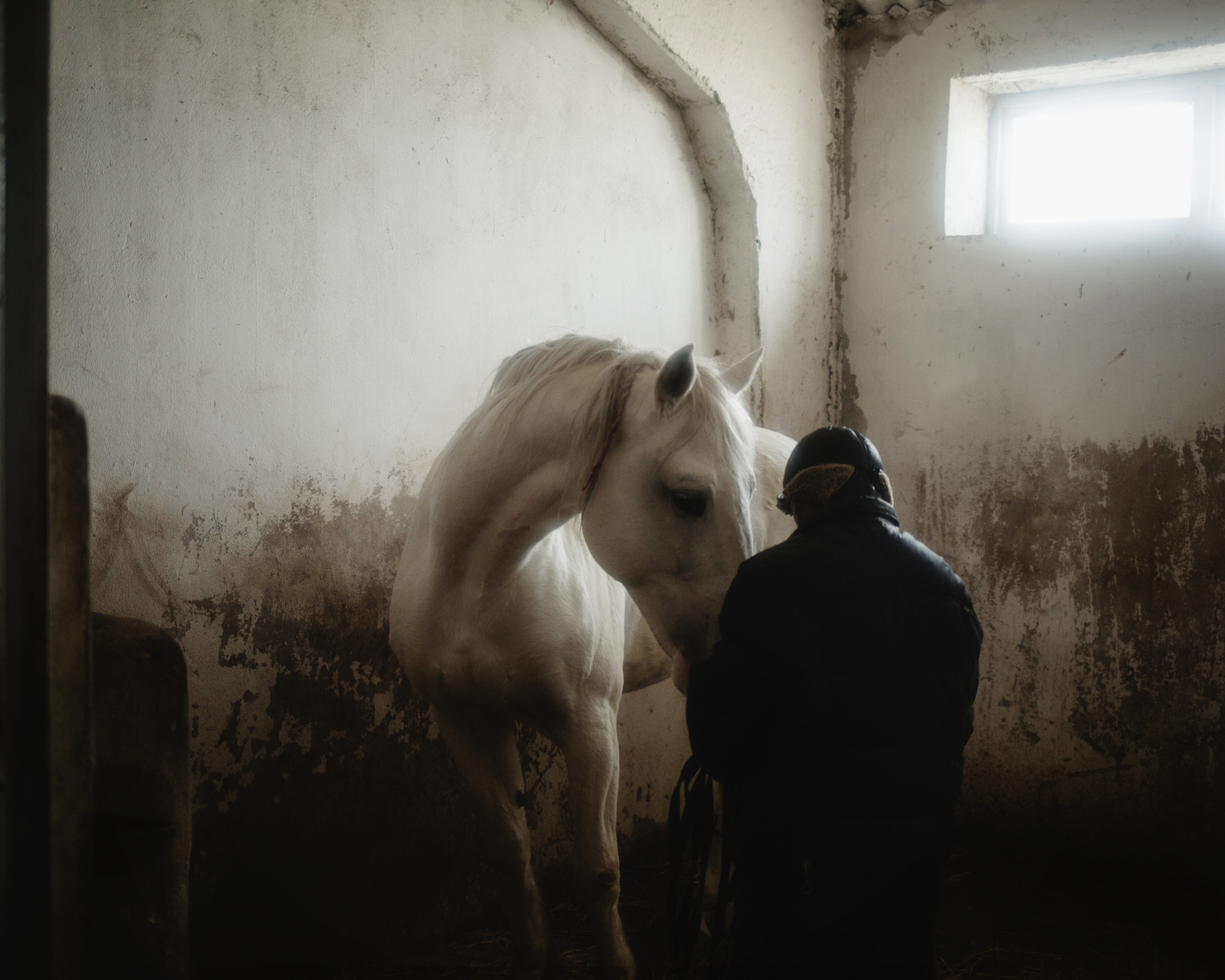
Ceadir-Lunga - In Konstantin Kelesh stud farm, a man takes care of one of the horses after its training
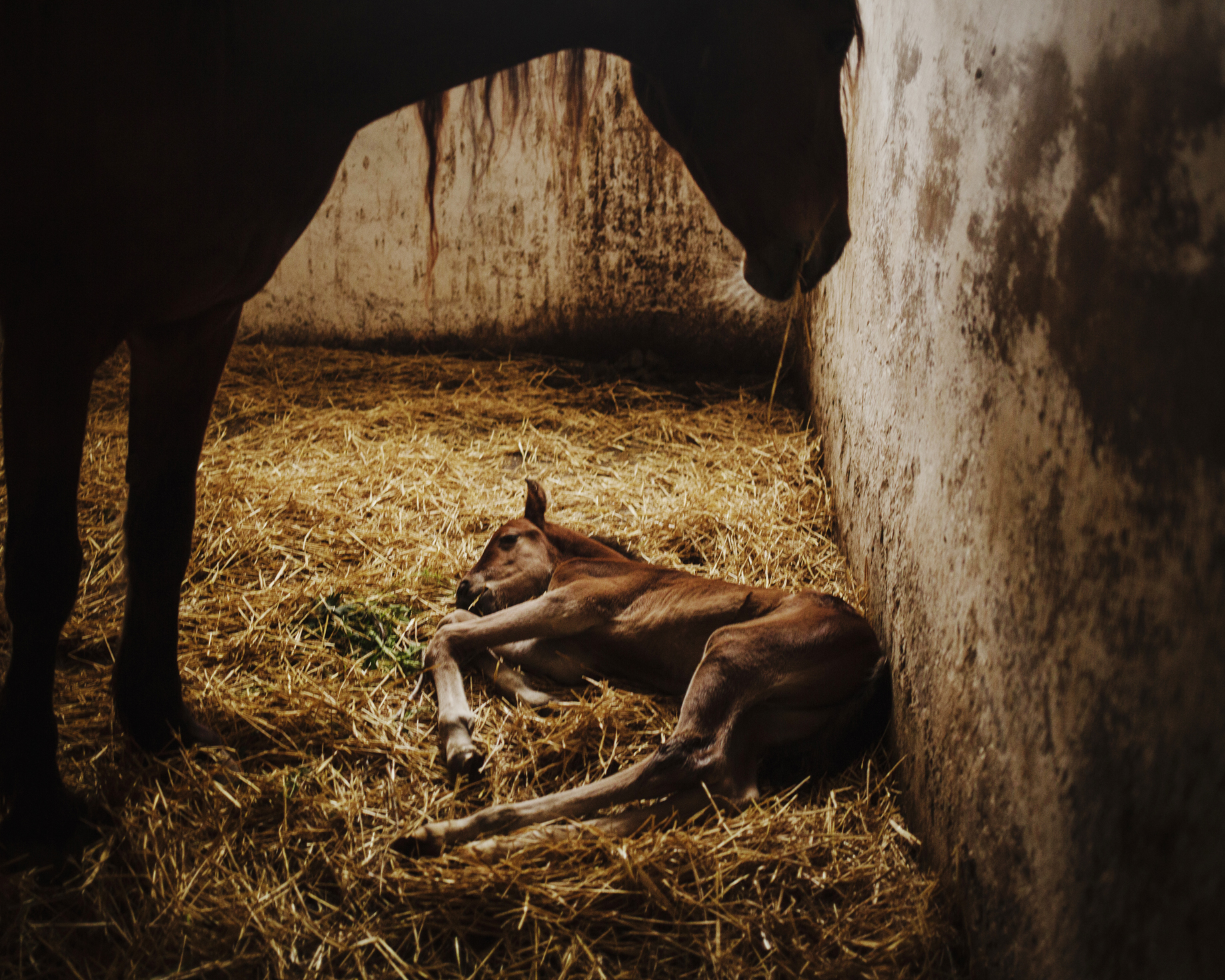
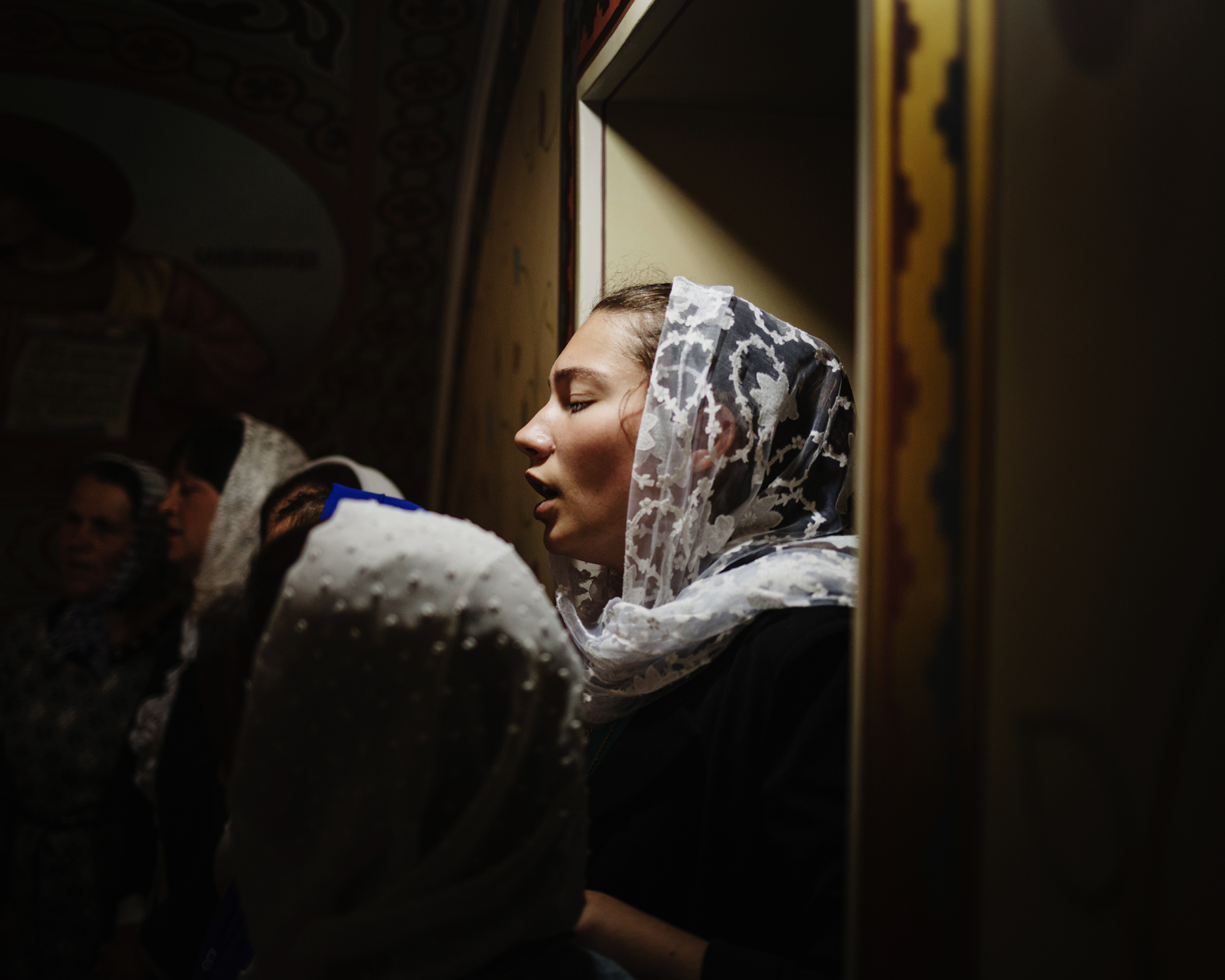
Besalma - In the church of Avdarma, the morning of Hederlez celebrations.
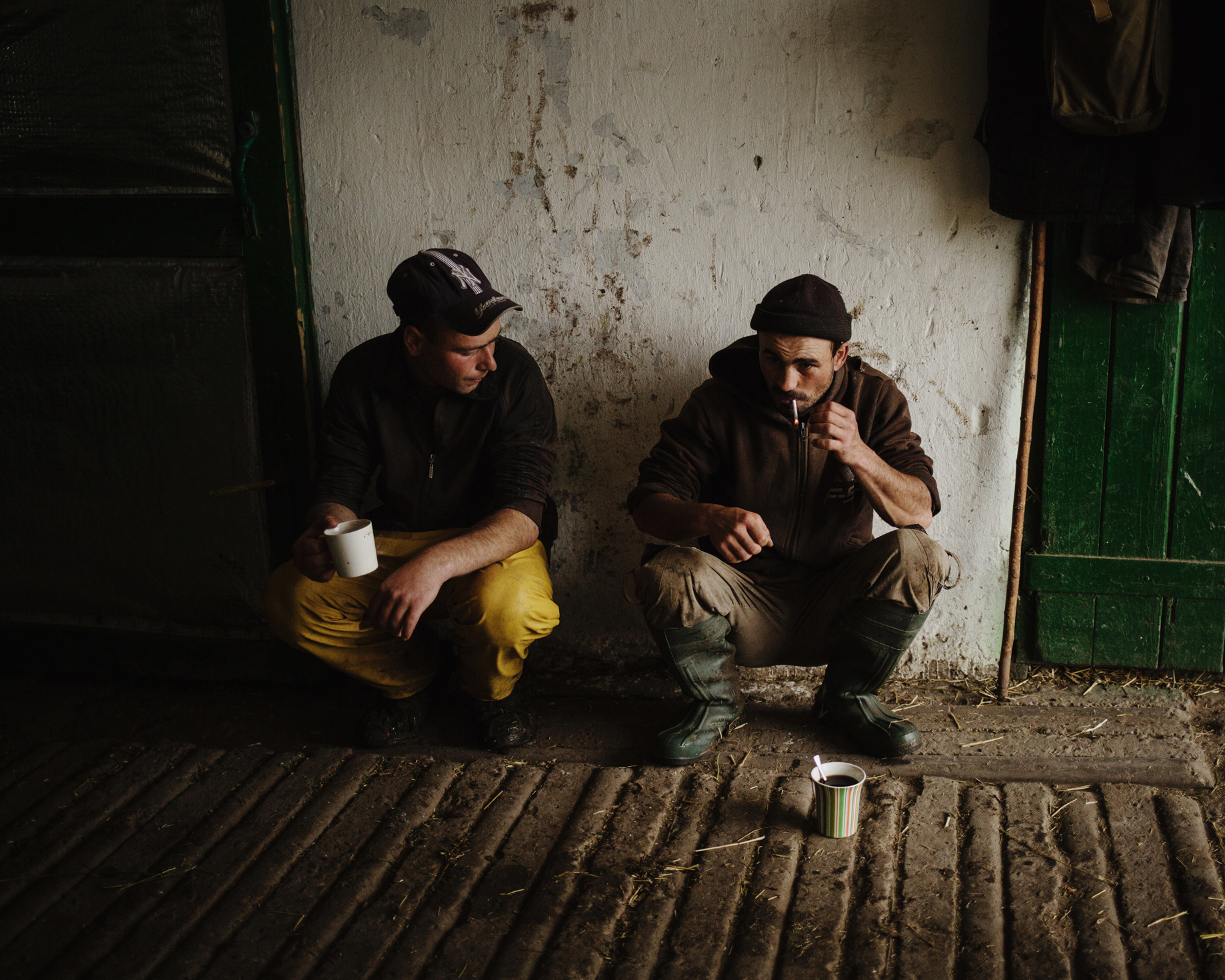
Ceadir-Lunga - In Konstantin Kelesh stud farm, workers during a “coffee and cigarettes break”.
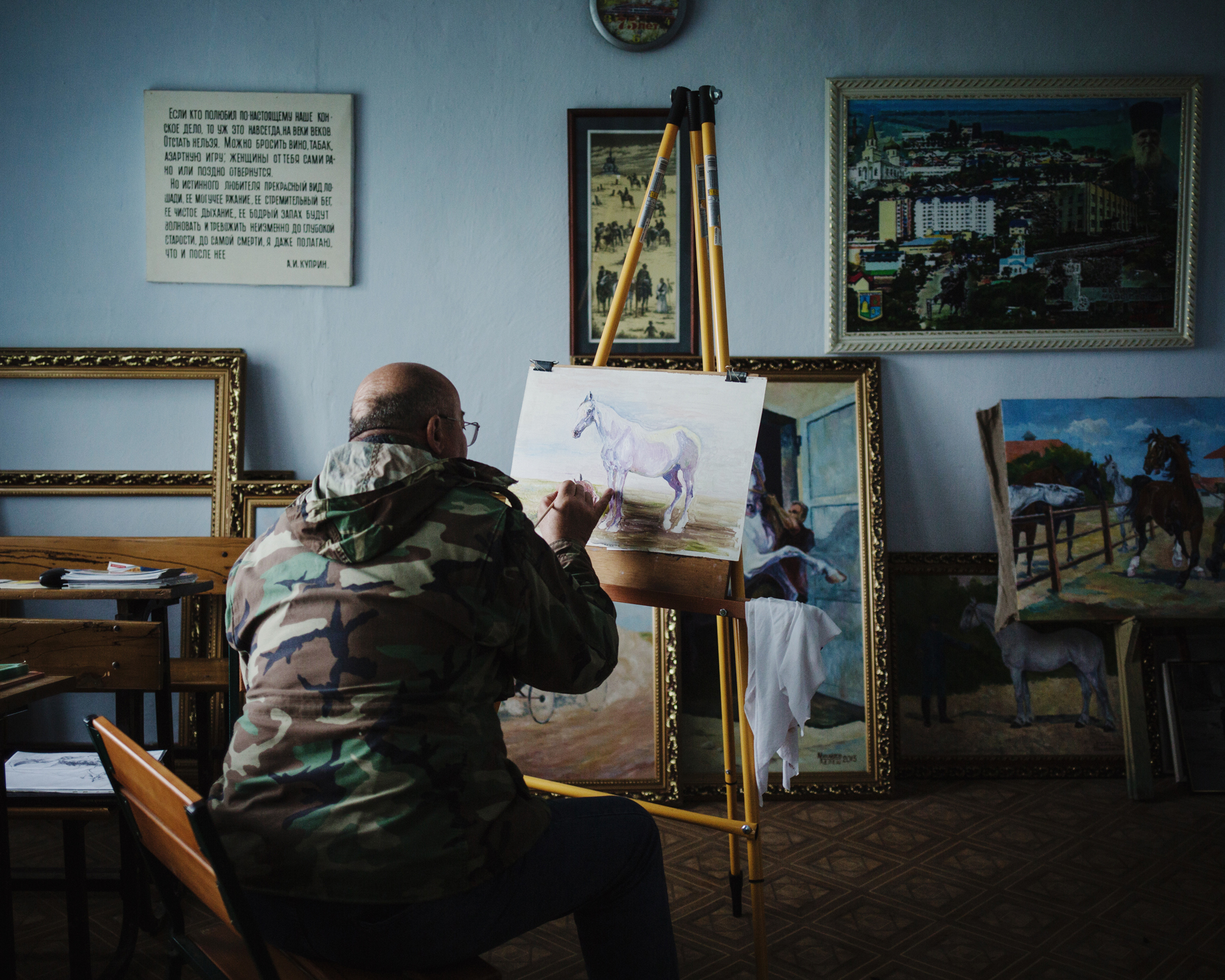
Ceadir-Lunga - Konstantin Kelesh is a horse breeeder, the 4th generation of Kelesh family. His horses (Orlov trot- ters) are the pride of Gagauzs. He’s also painting (not staged, when we arrived to meet him he was painting)
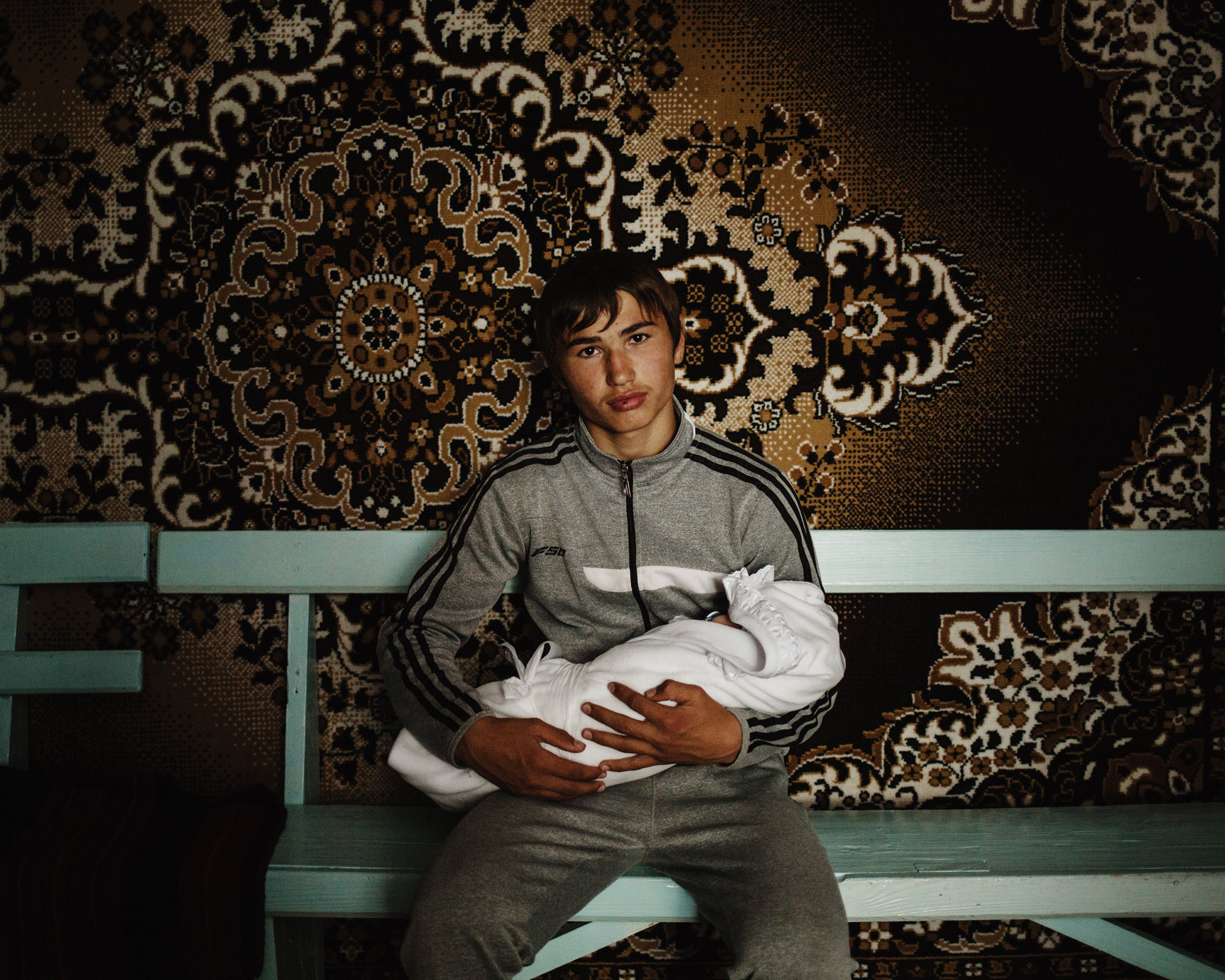
Djoltaï - A young boy and his brother after the baptism of the latter.
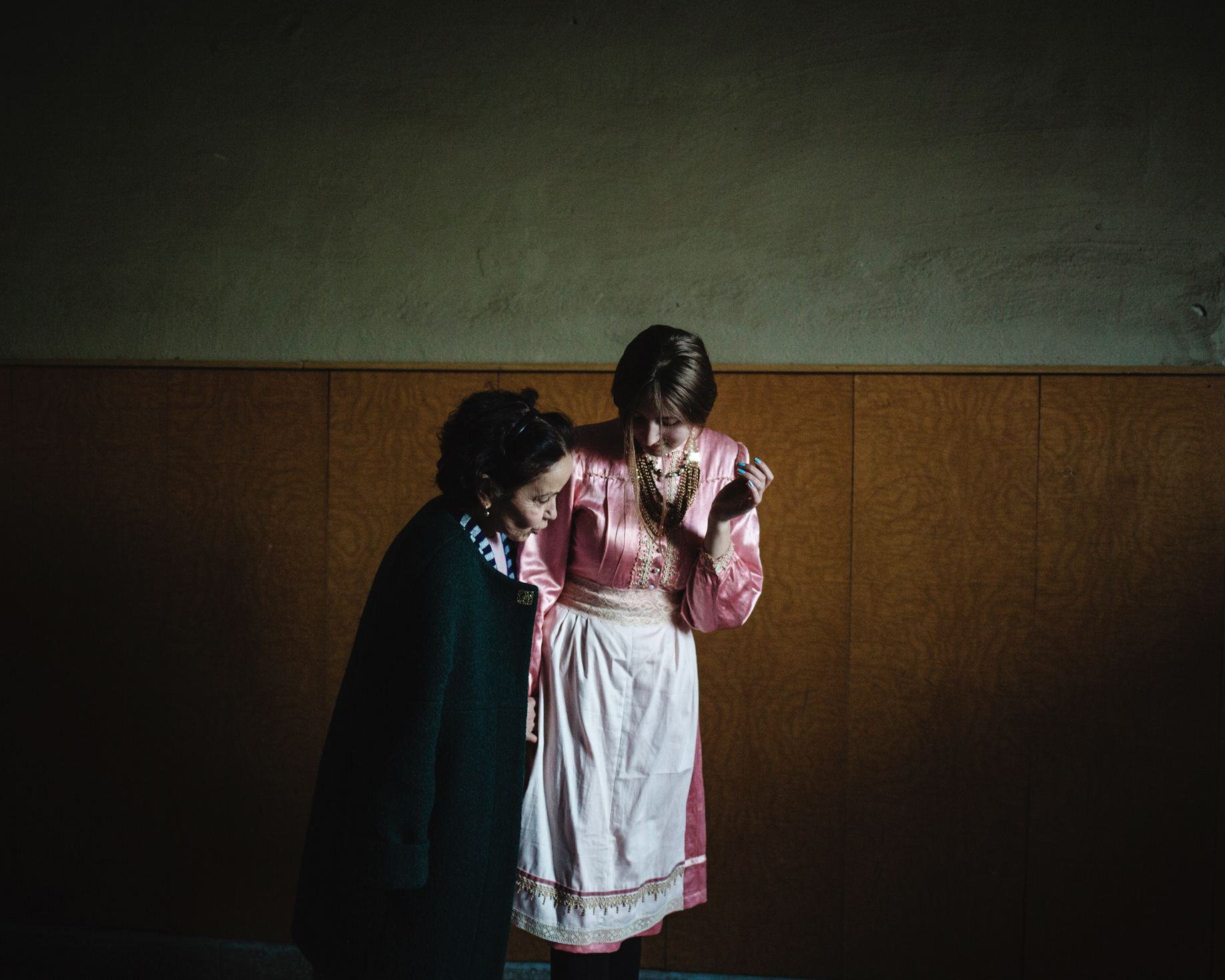
Ceadir-Lunga - In the House of Culture, young- sters are trying on traditional Gagauz clothes made my Lidia Todieva, the costume designer of Ceadir-Lunga theater.
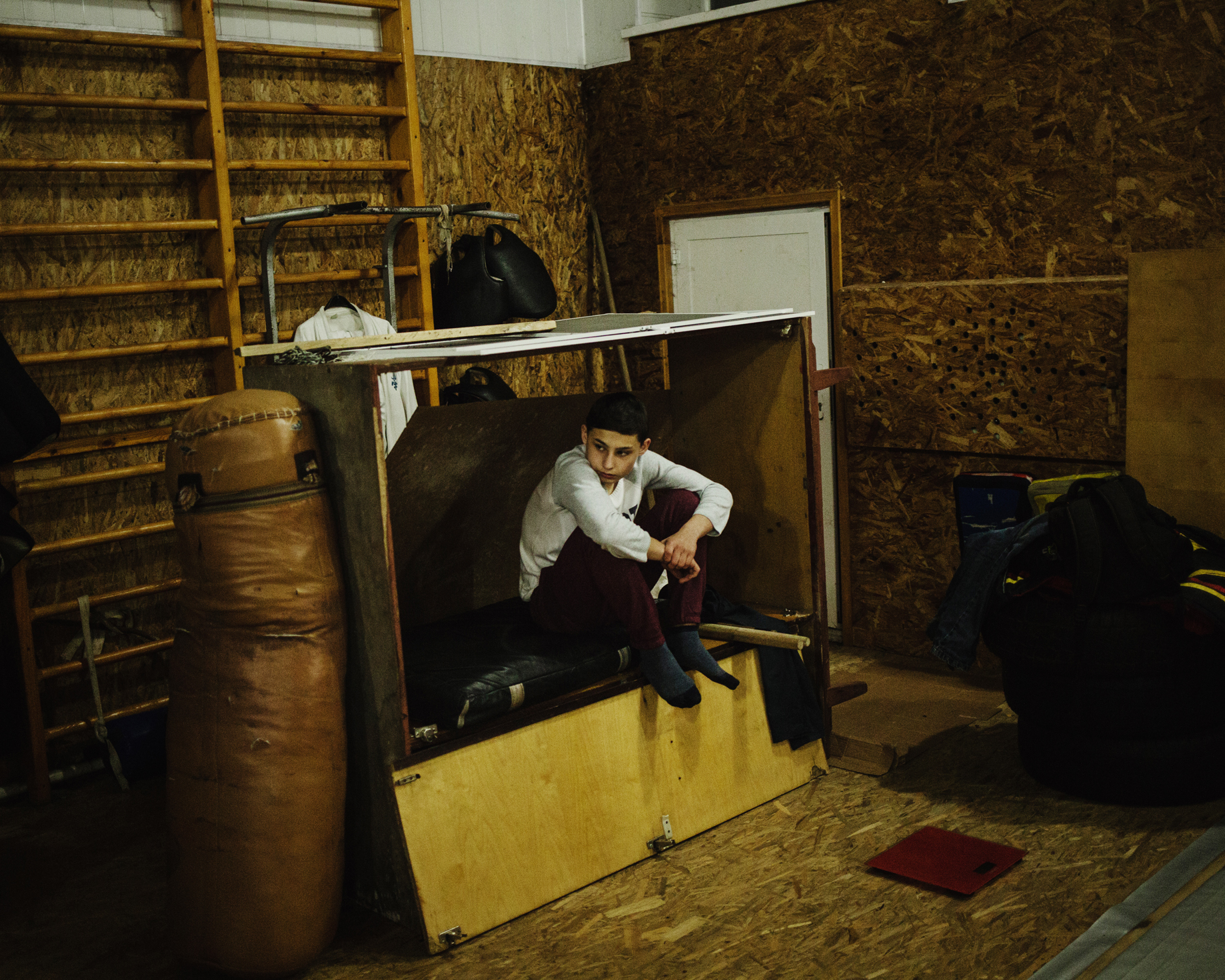
Ceadir-Lunga - A young boy waits for the be- ginning of the boxing lesson.
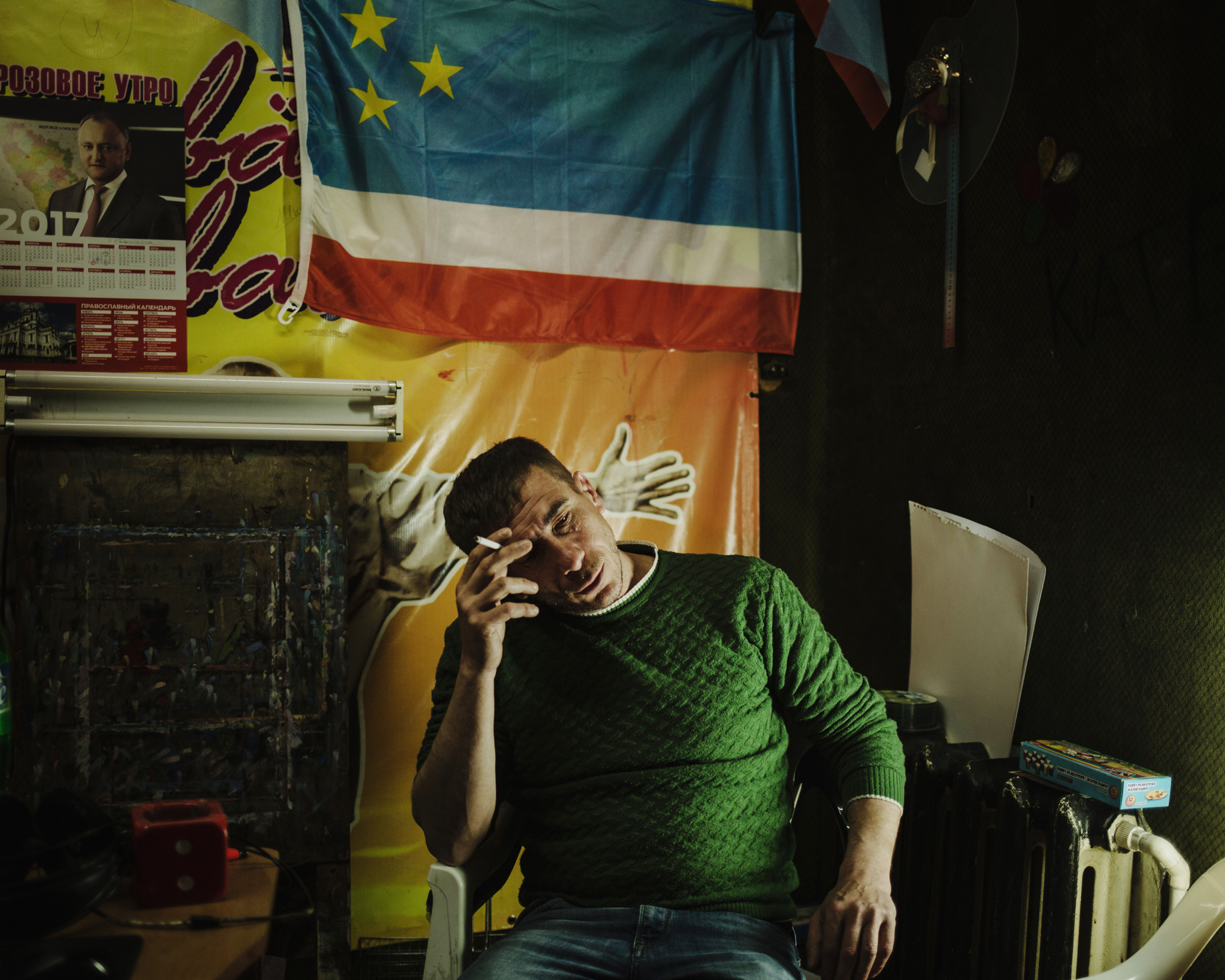
Comrat - Vitali Manjul, singer, in his studio of the House of Culture. He mixes pop and hip-hop styles with old tradi- tional Gagauz songs.
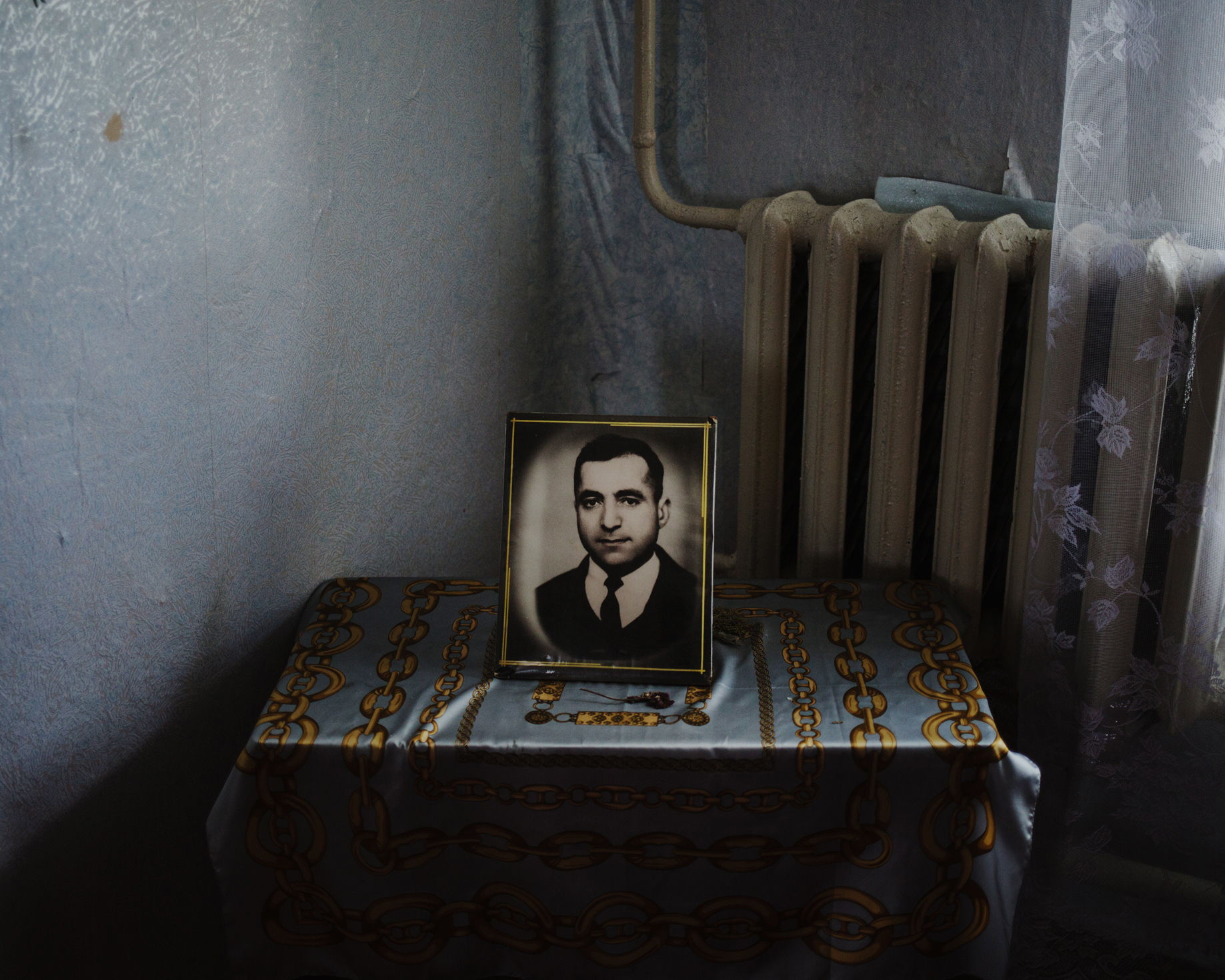
Avdarma - The portrait of a dead man in his wife’s house.
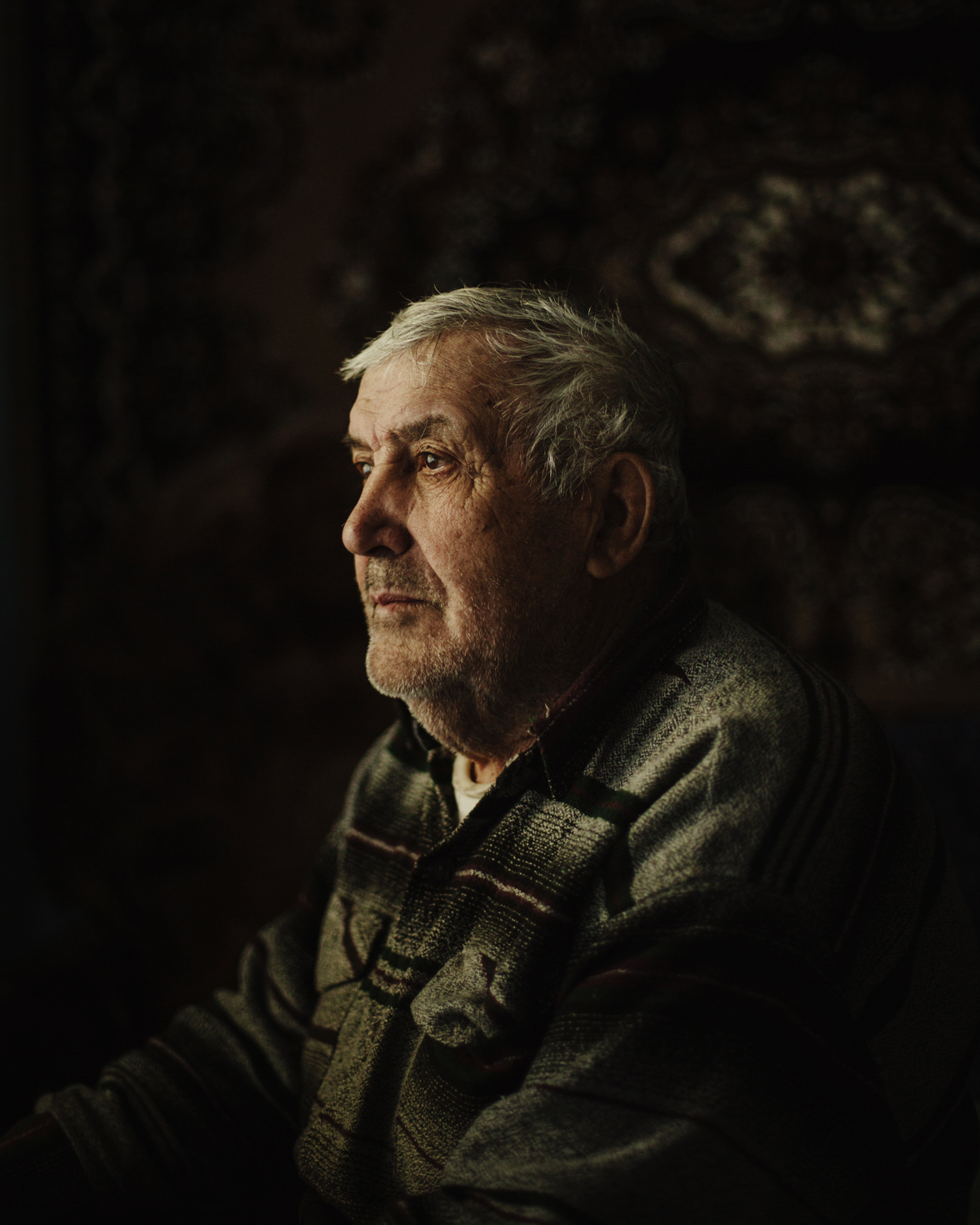
Avdarma - Ivan Vladimirovic Angelov is 80 years old, he’s a survivor from the 1946 famin, he was considered dead until being saved by his aunt.
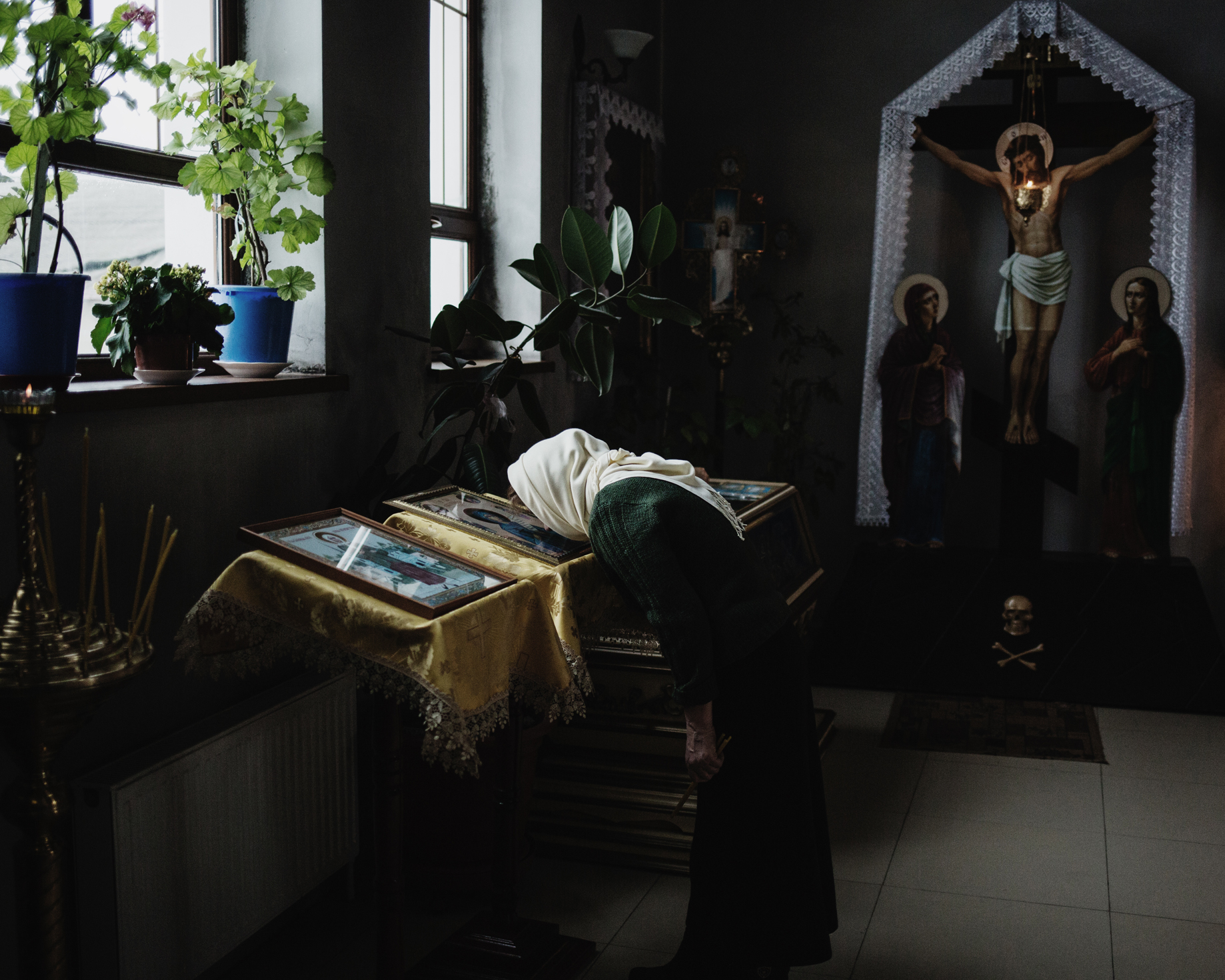
Ceadir-Lunga - In the main church of the town. Gagauzs are a unique case of Turkic christian people.
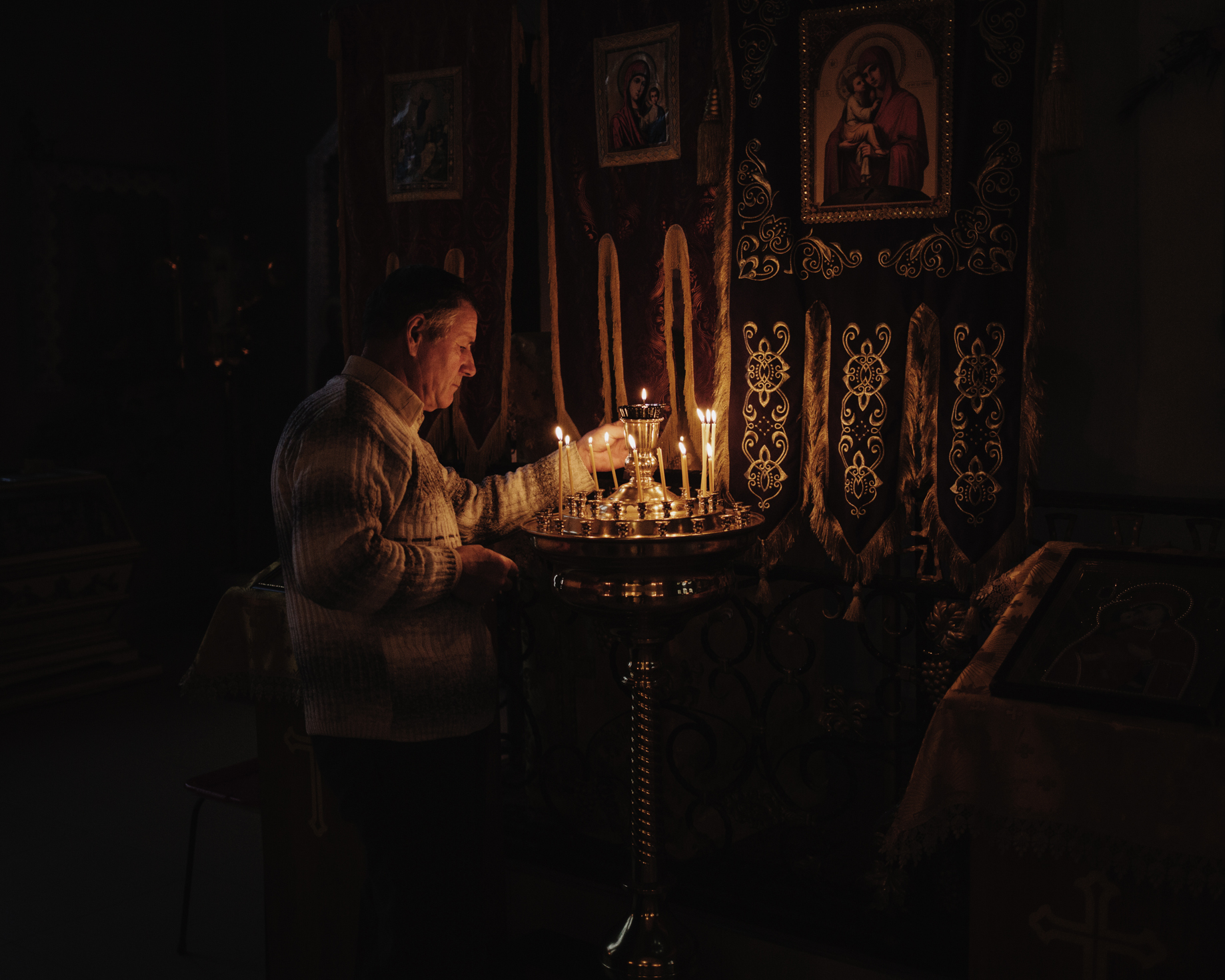
Ceadir-Lunga - In the main church of the town. Gagauzs are a unique case of Turkic christian people.

Comrat - Piotr Moyse is one of the very few local poets writing in Gagauz. His poems talks about love, exil, and traditionnal Gagauz stories
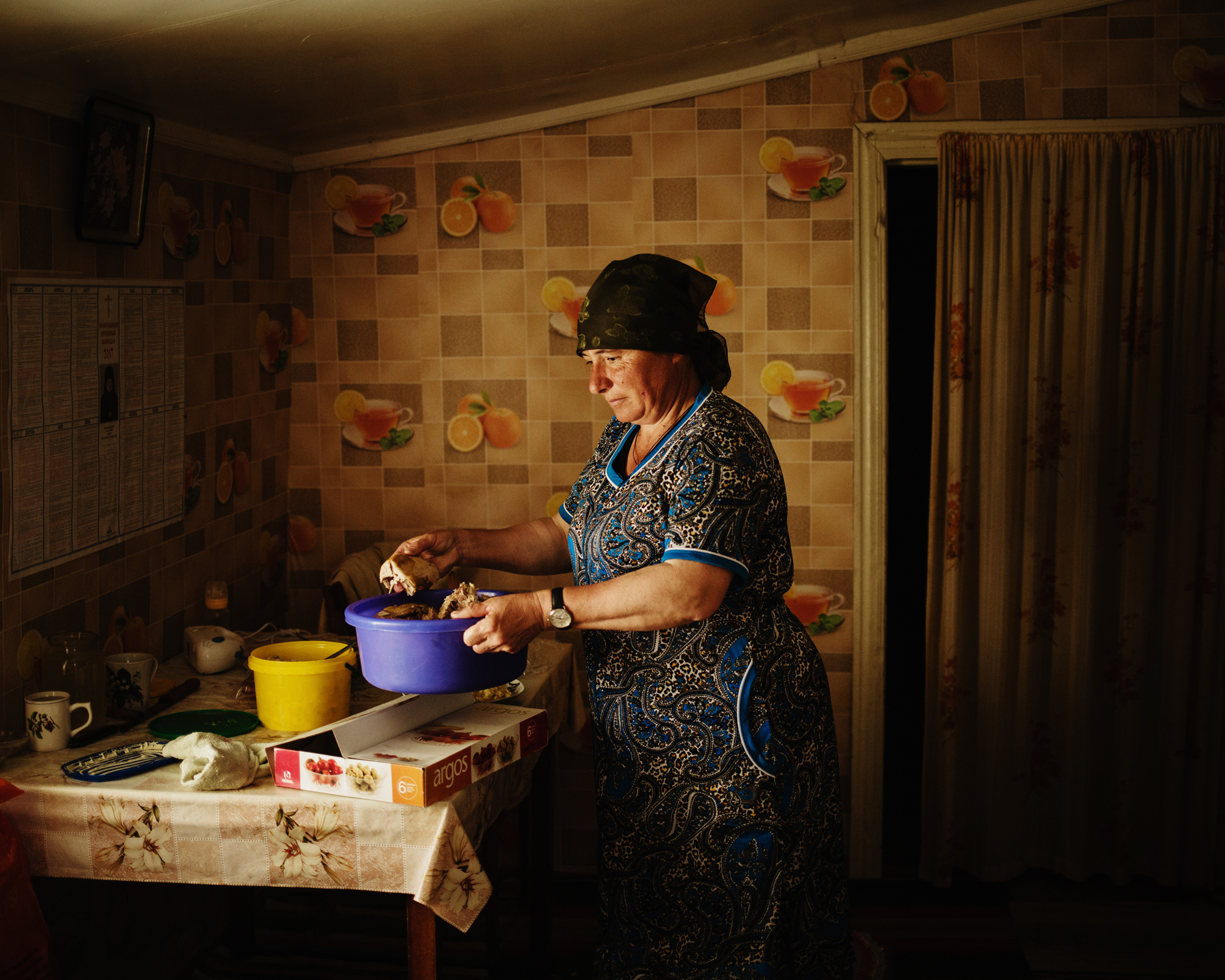
Djoltaï - Preparation of the meal after the baptism of Kiril.
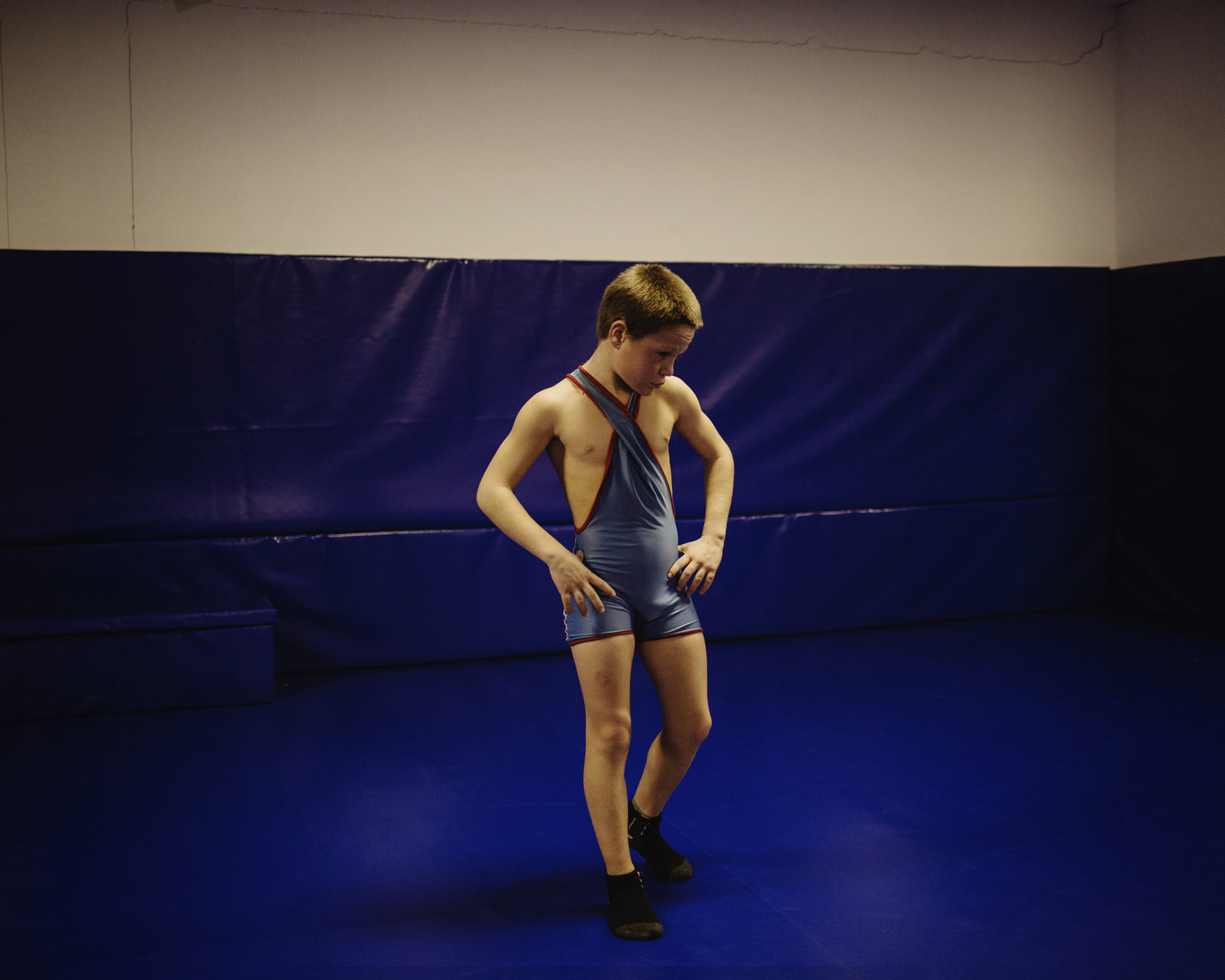
Avdarma - Wrestling lesson in the village school/high school.
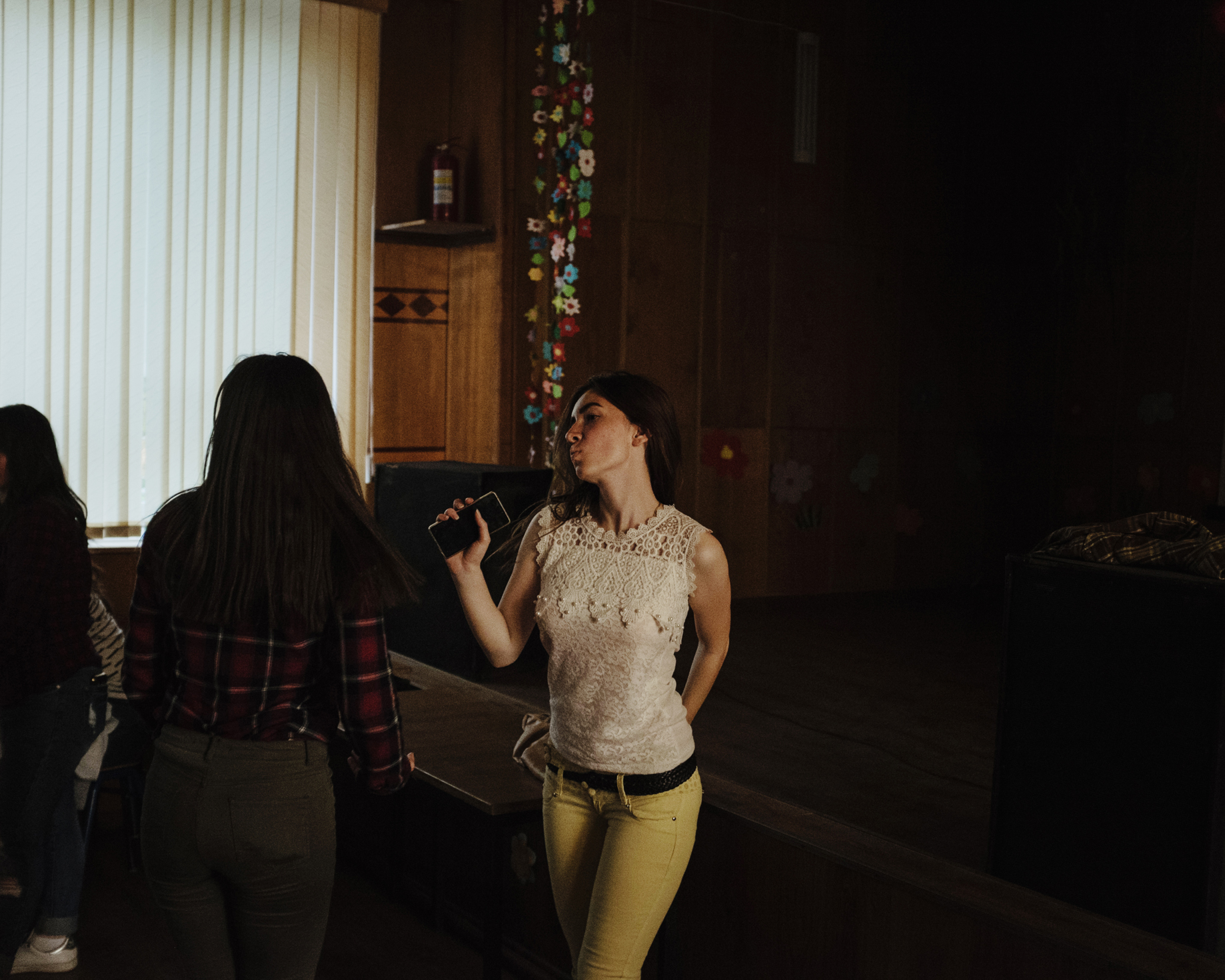
Ceadir-Lunga - The day before Hederlez, youngsters party in their high-school.
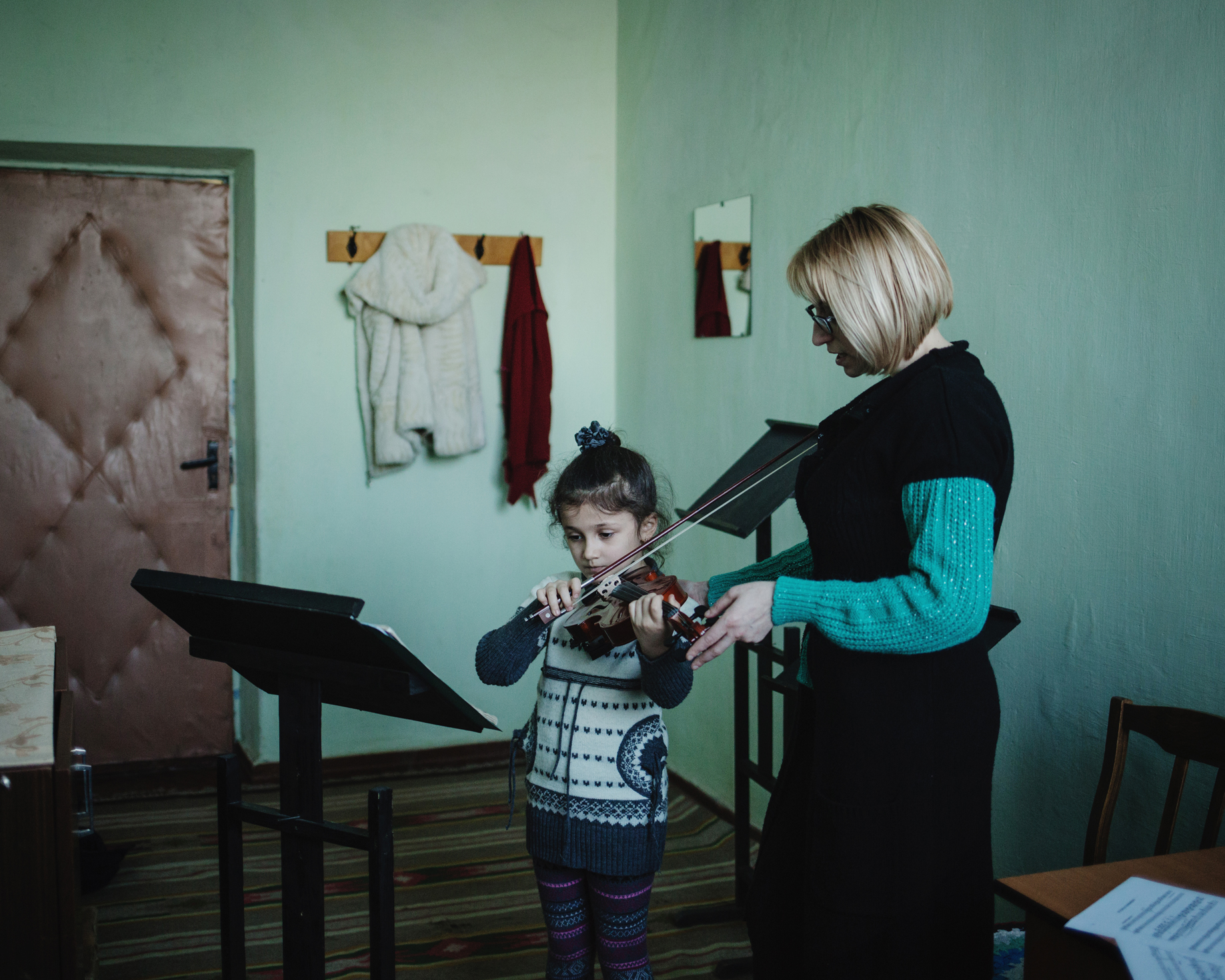
Evgenia Duloglu teaches violin to the young Arina in the House of Culture.
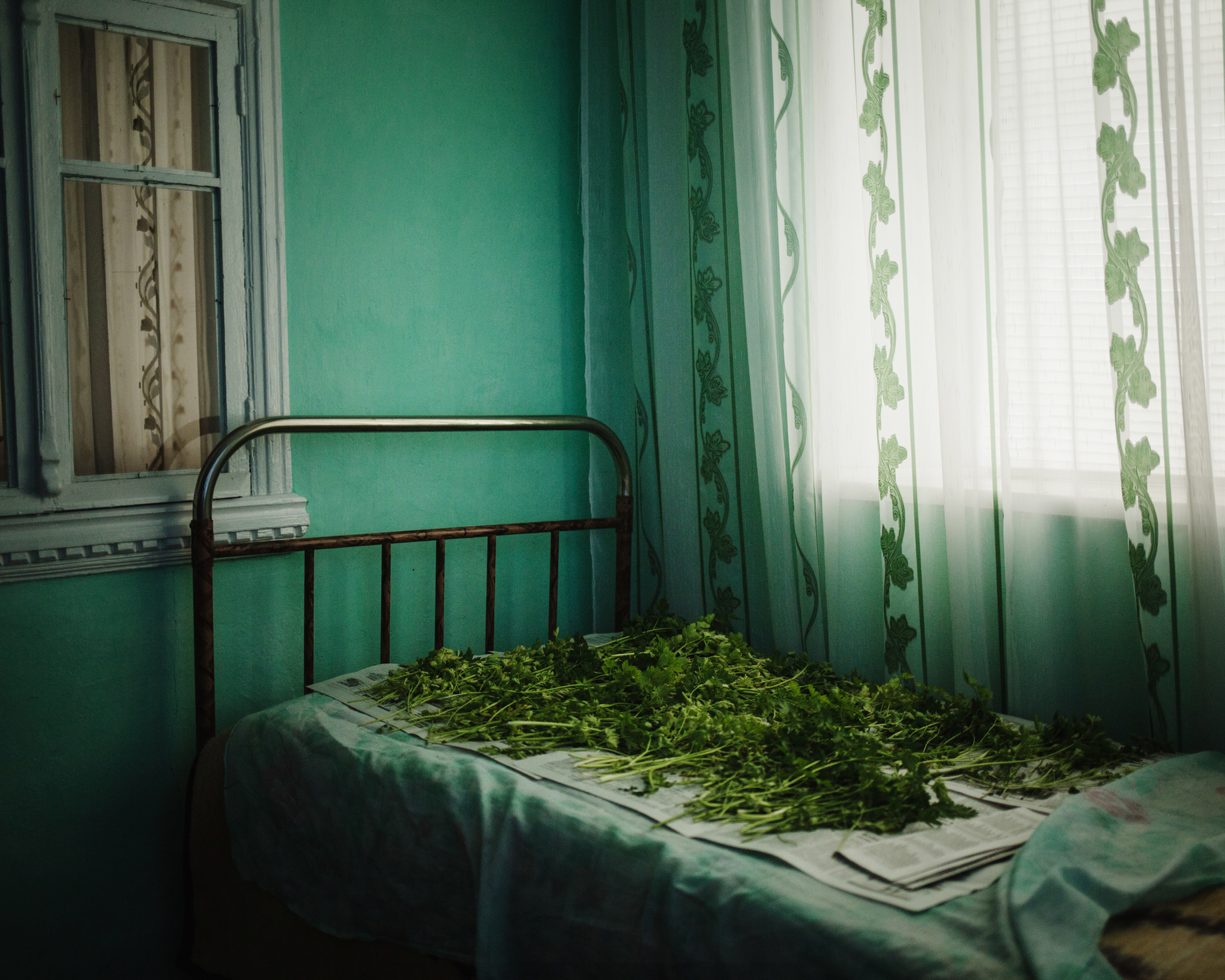
Djoltaï - Some greenery drying in a house.
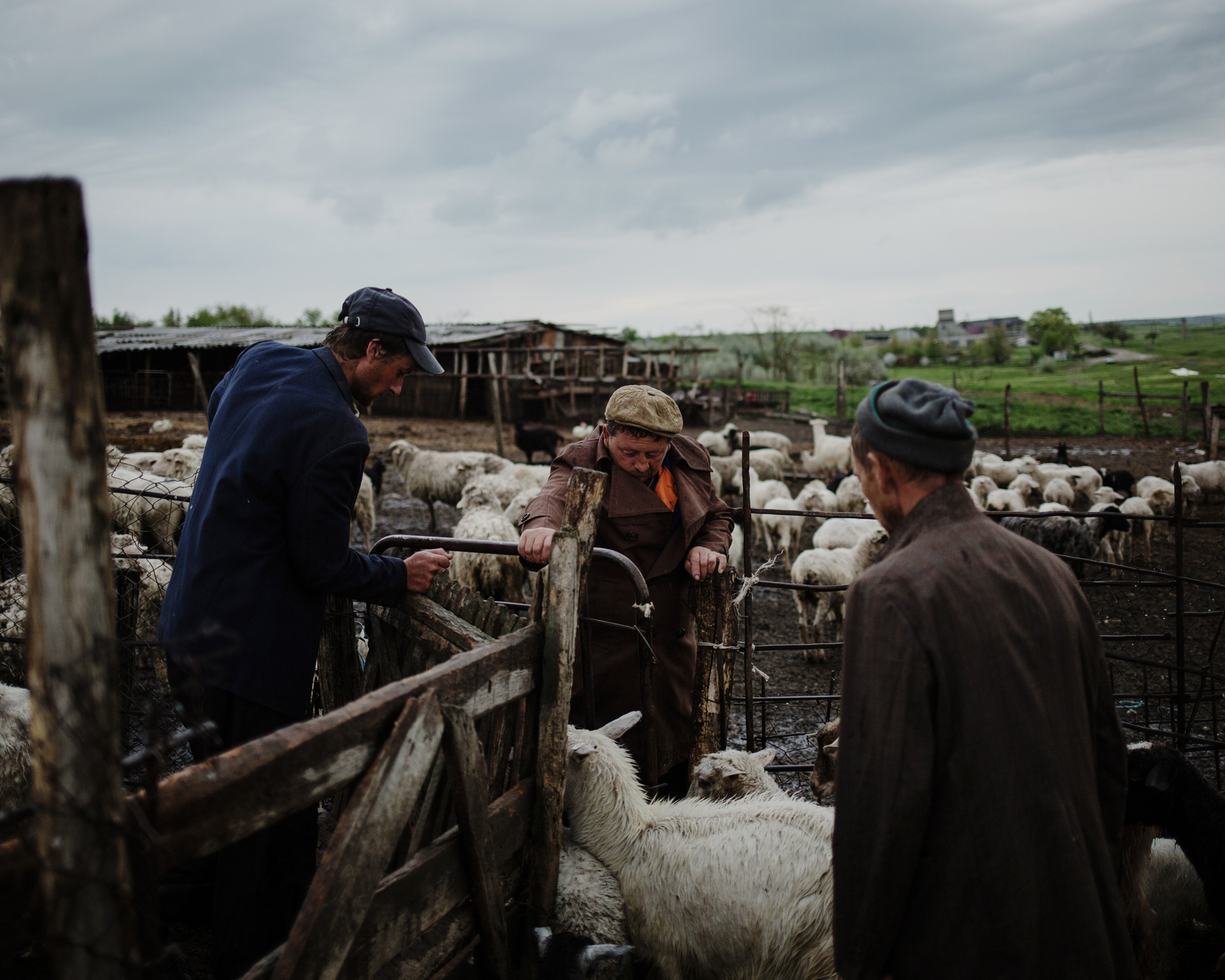
Beshgioz - Workers from a farm gather the sheep and the goats at the end of the day.
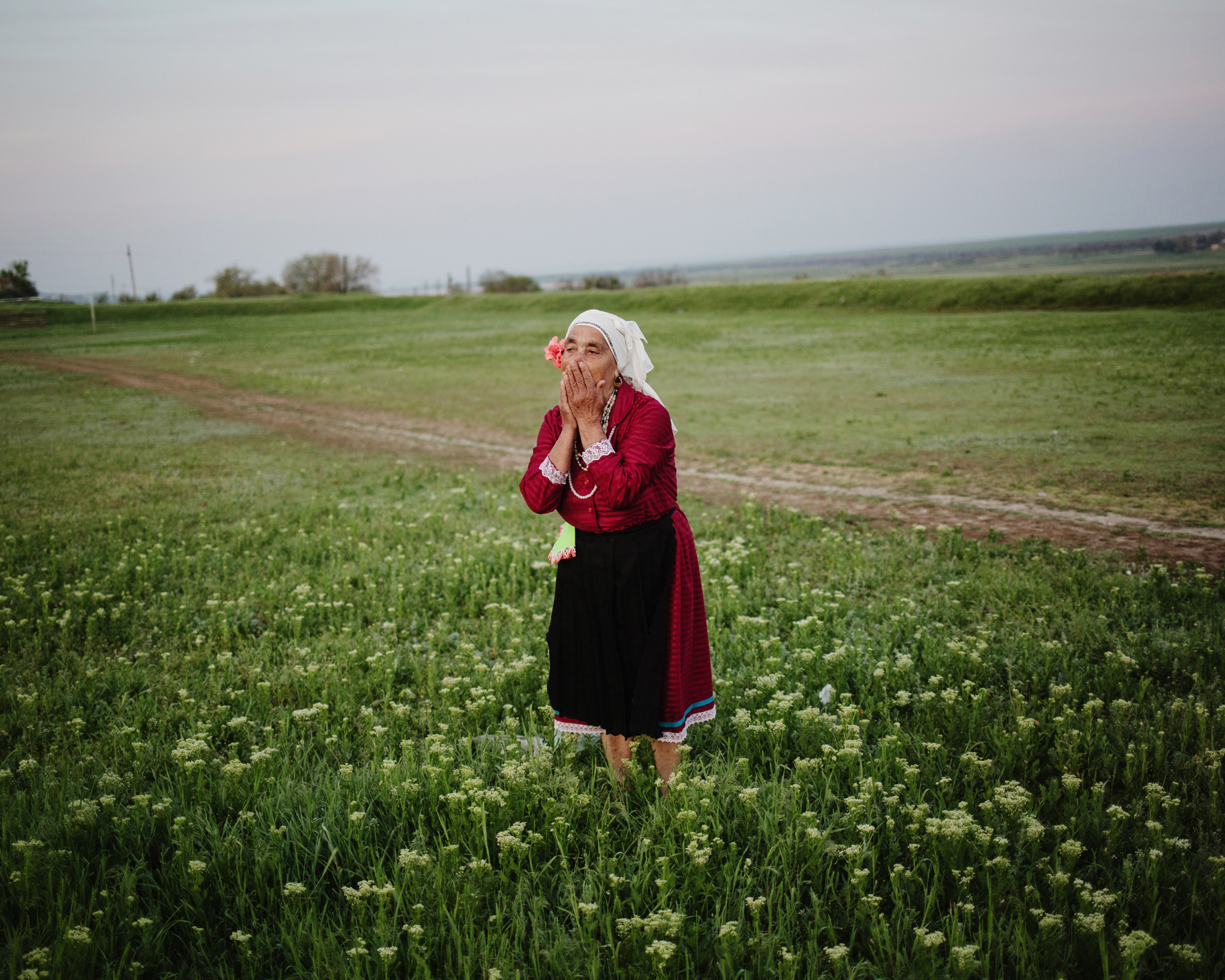
Besalma - Vasilissa Kease is a member of a tra- ditional folk group who sing old songs and “perform” Gagauz traditions as on this photo (washing face in the dew the morning of Hederlez)
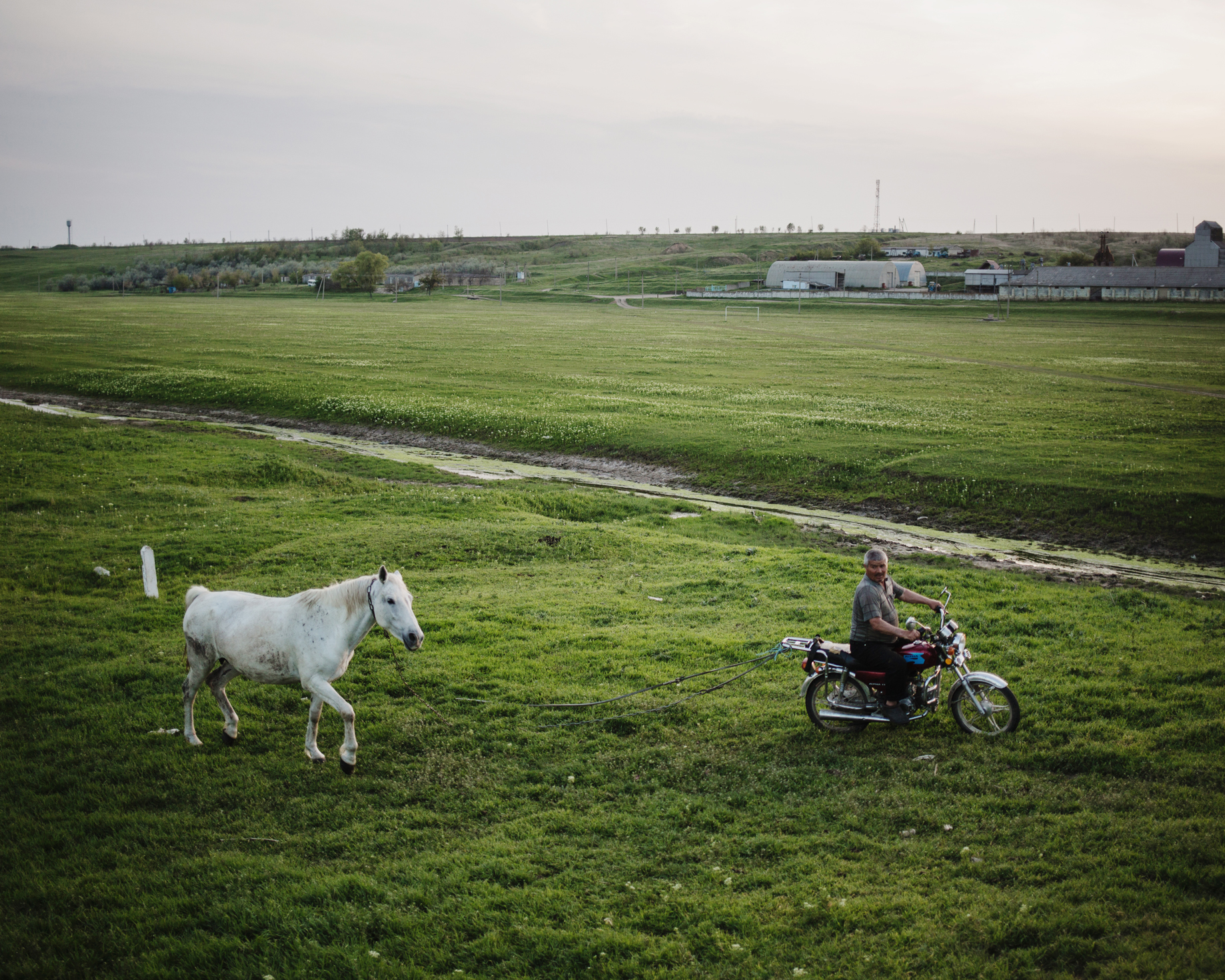
Beshgioz - A men brings back his horse from the field.
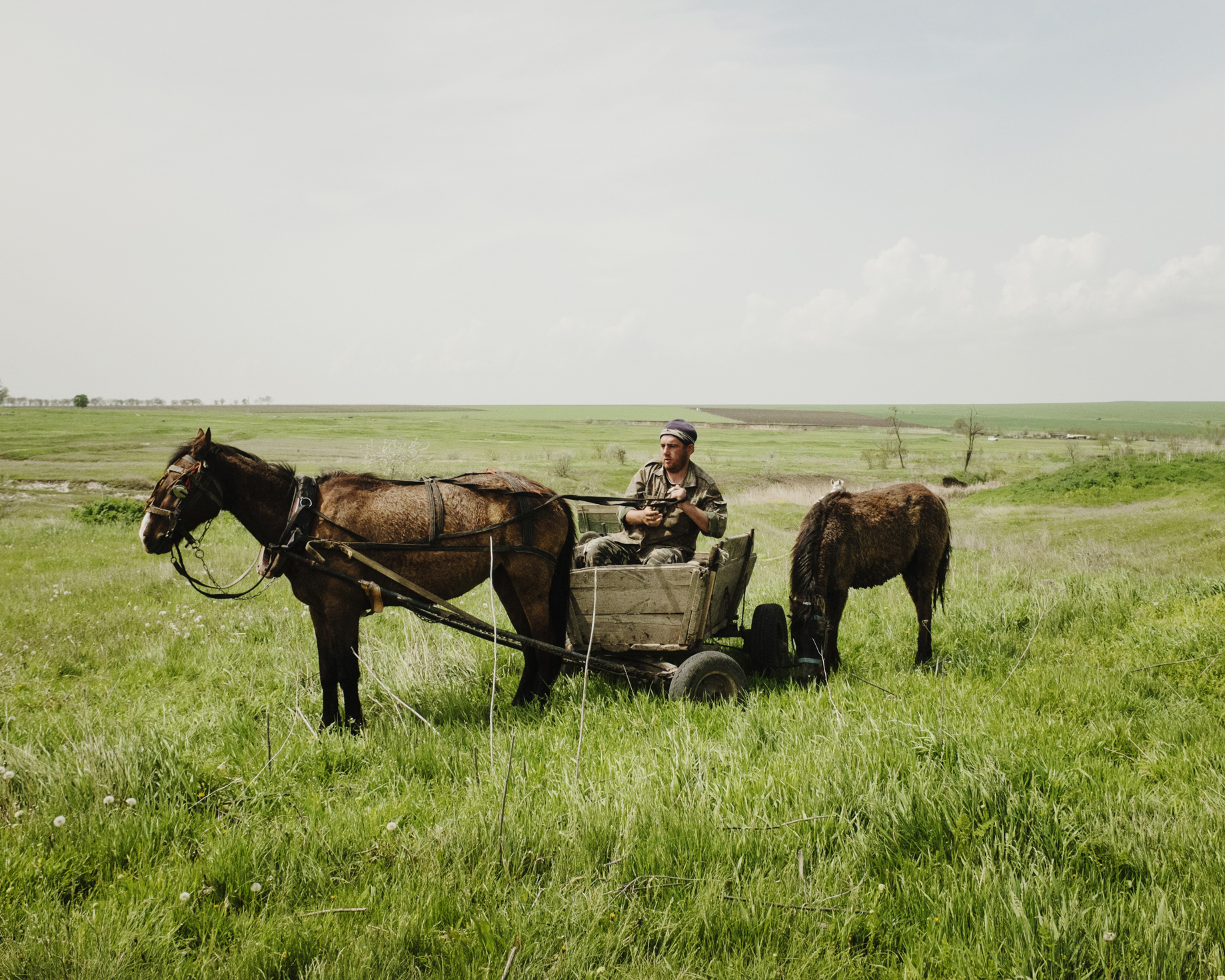
Ceadir-Lunga - During the yearly Hederlez horse races, a spectator leave after the races.
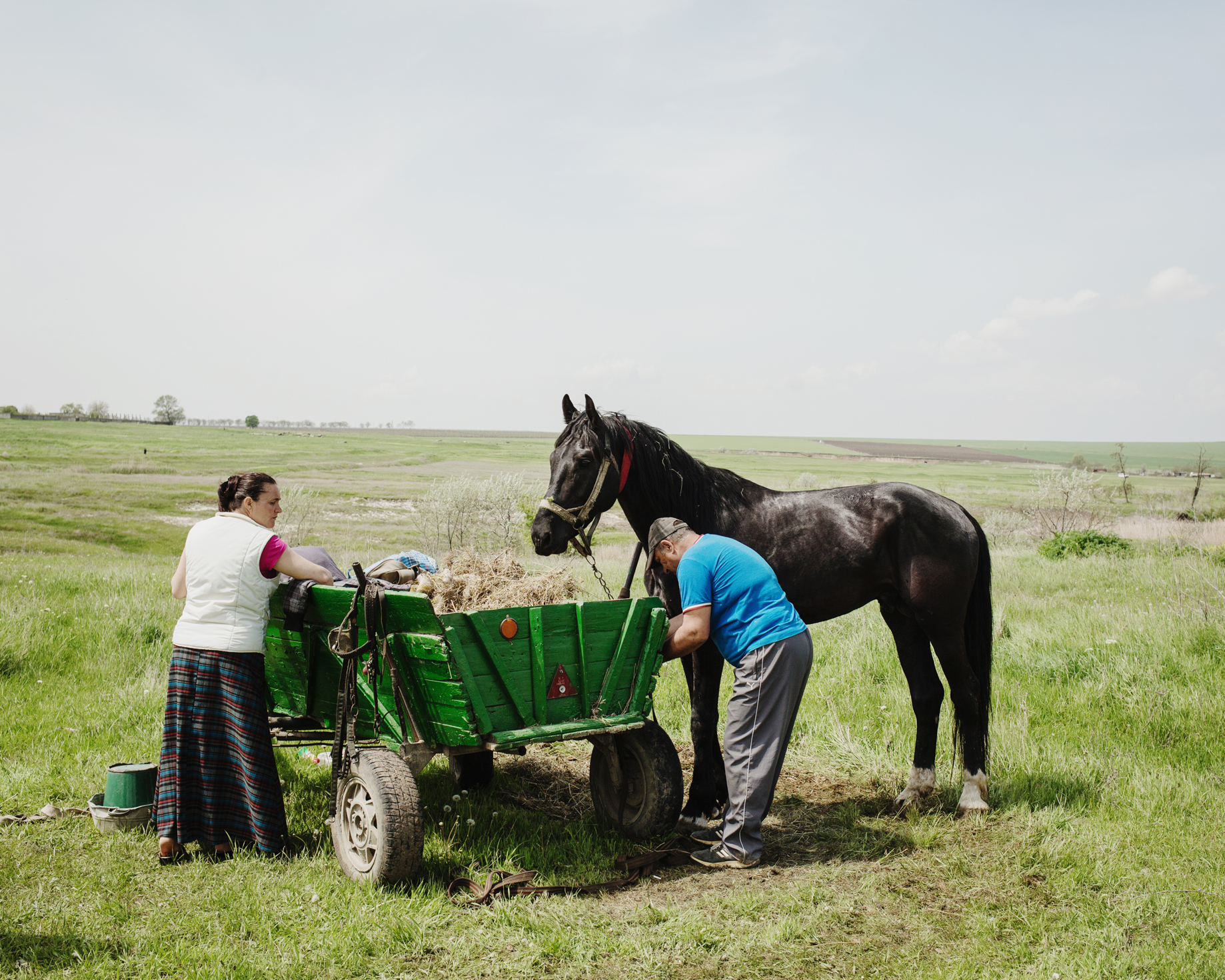
Ceadir-Lunga - During the yearly Hederlez horse races, Nicolaï, a participant, prepares his horse Lipitune before the race with his wife Irina.

Beshgioz - A shepherd and his cows.
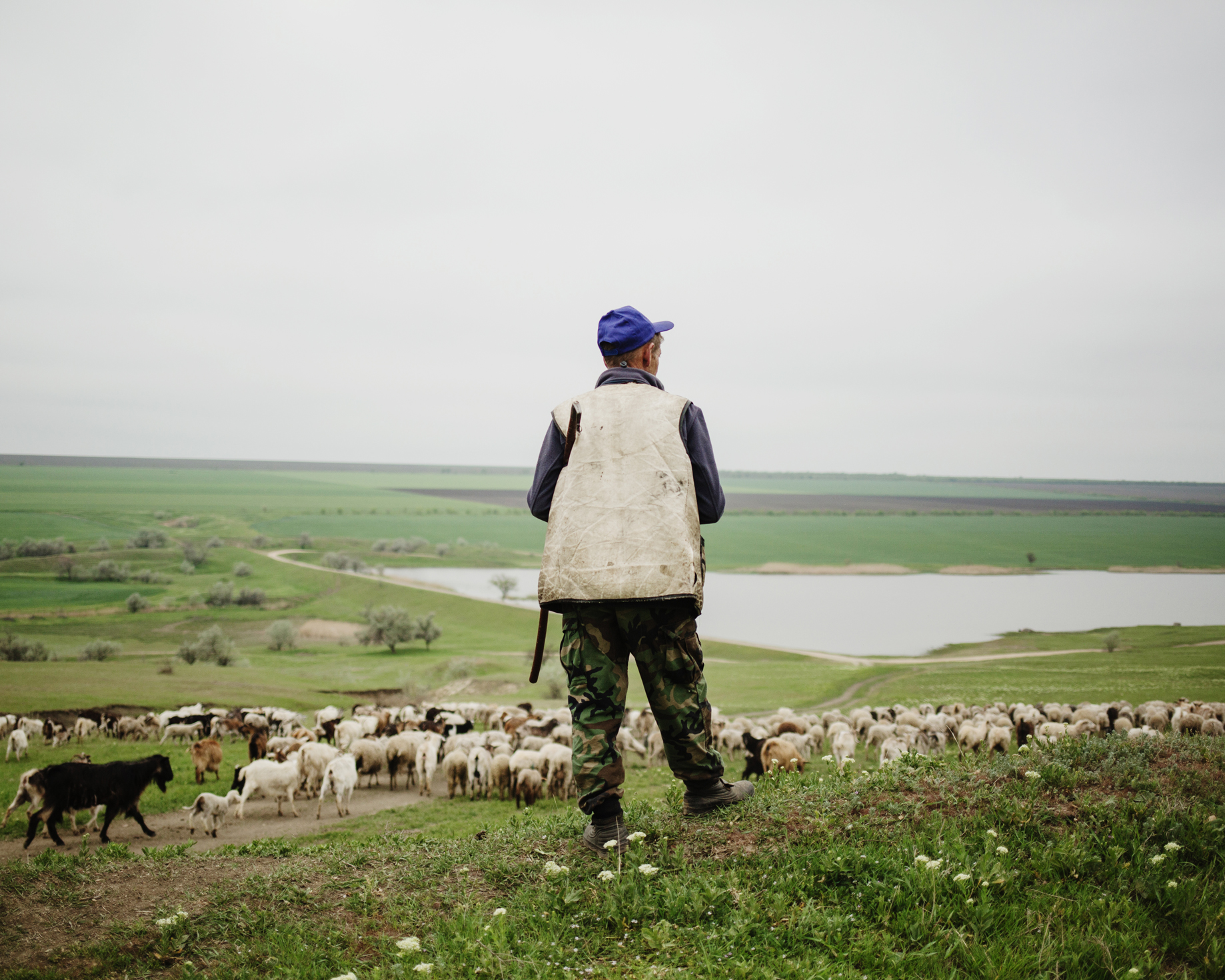
Beshgioz - Micha (45 years old), a shepherd with his sheeps arriving to a lake close to Beshgioz.
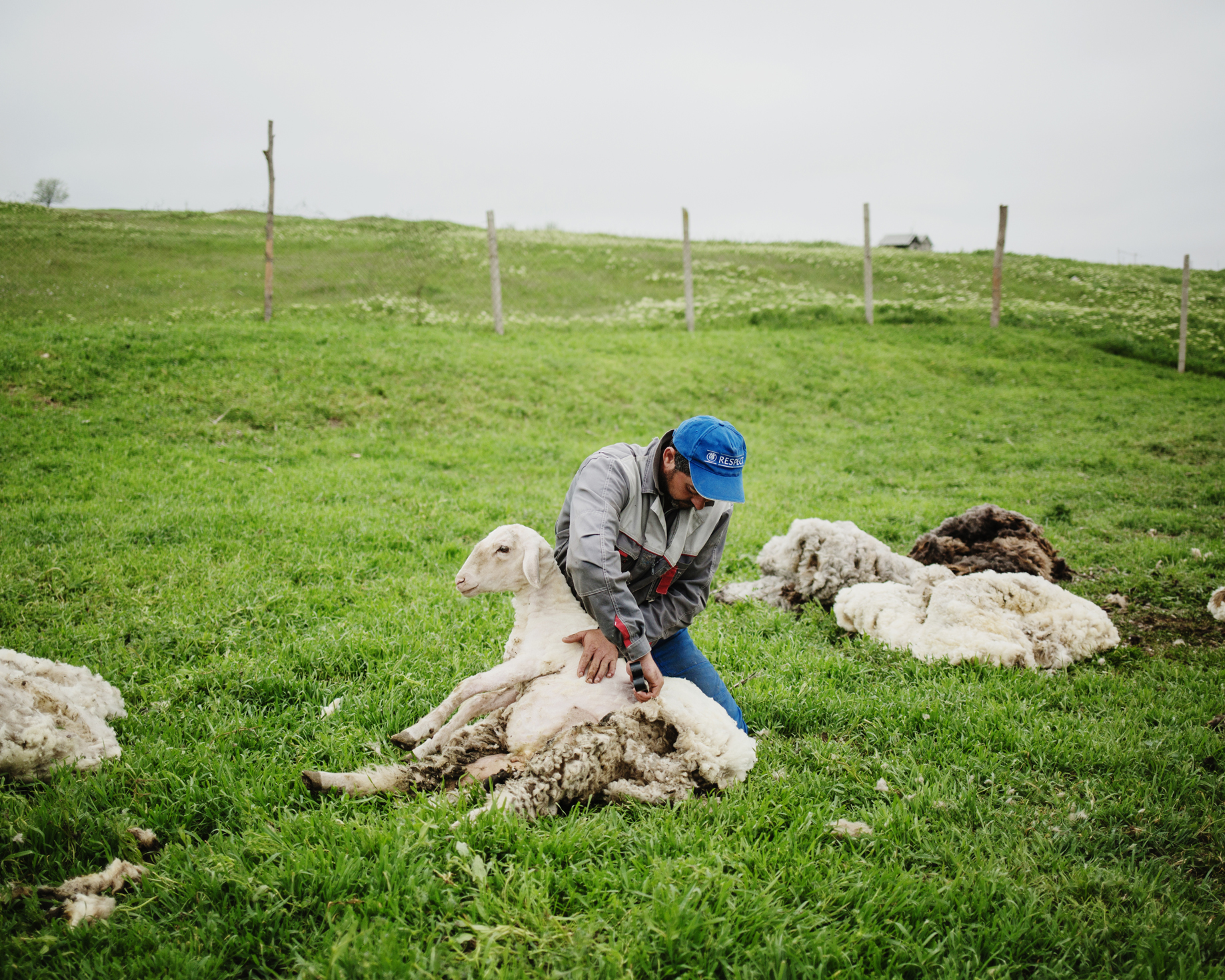
Beshgioz - A shepherd shearing a sheep.
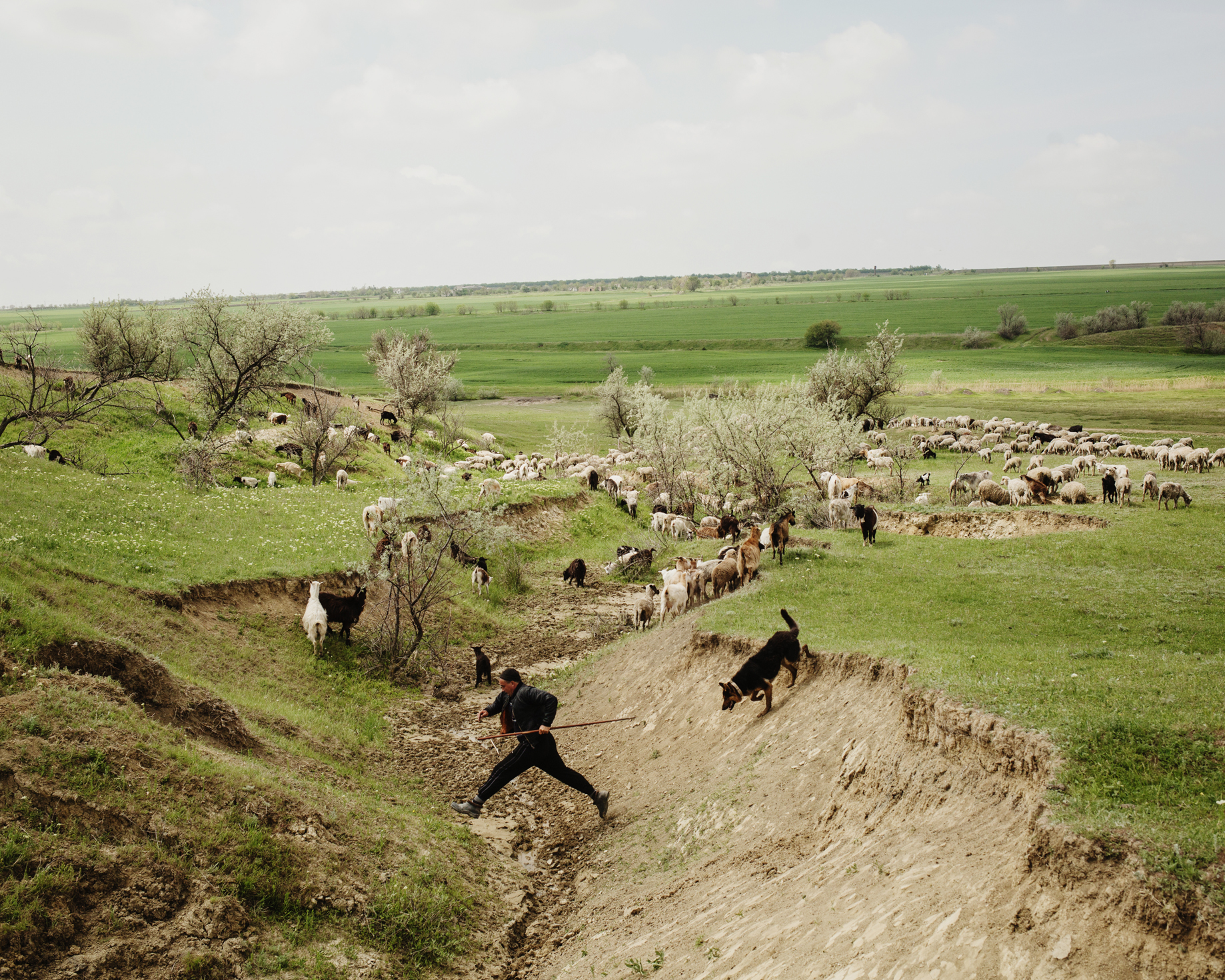
Beshgioz - A shepherd and his cows.
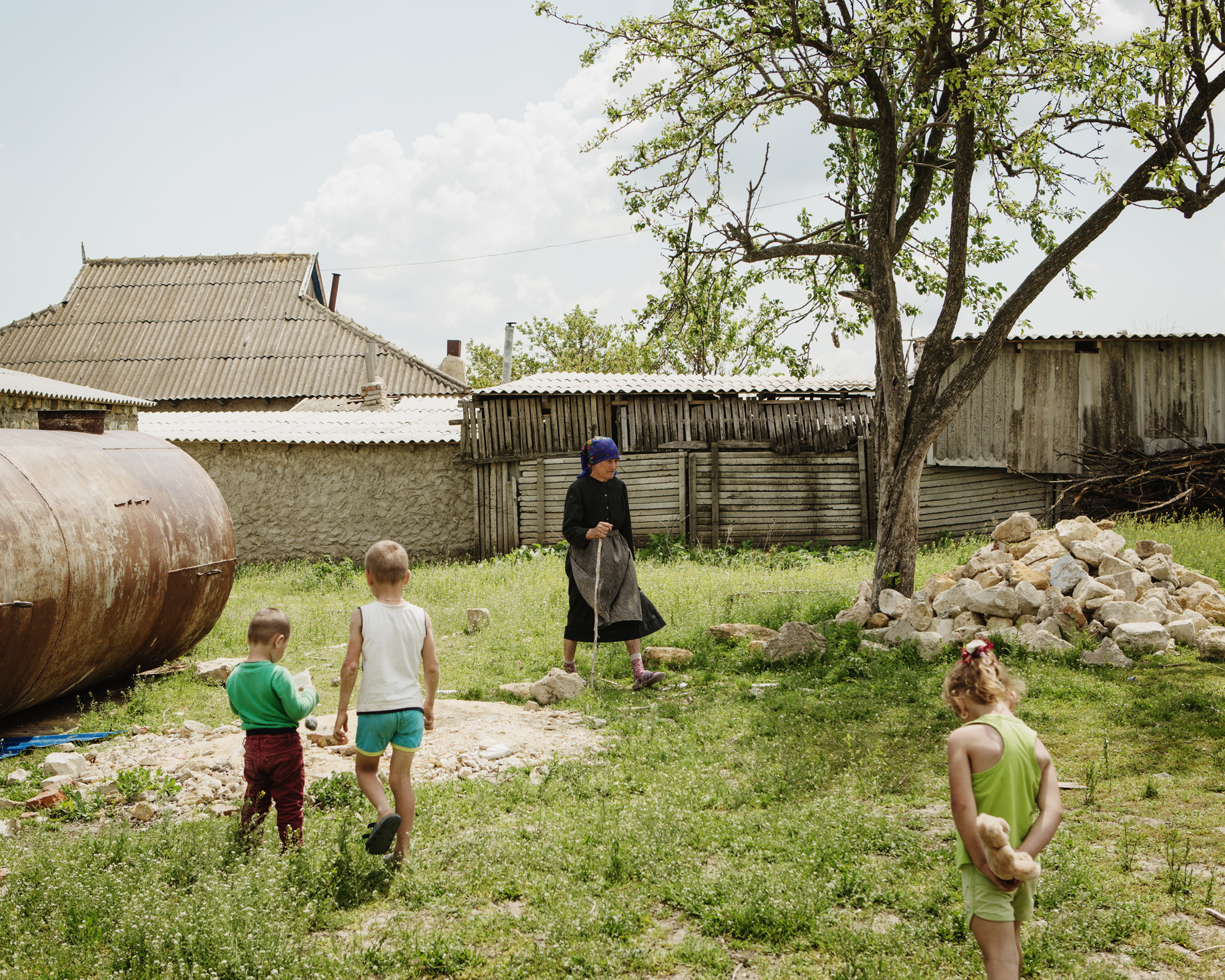
Djoltaï - Daily street scene. A lot of adults leave permanently or occasionaly to work in Russia, leaving kids and elderly persons in the village.

Djoltaï - Women are working in the wineyards owned by the former chief of the Kolkhoz. The salary is very bad and the work very hard but due to the lack of work they don’t have any other choice...
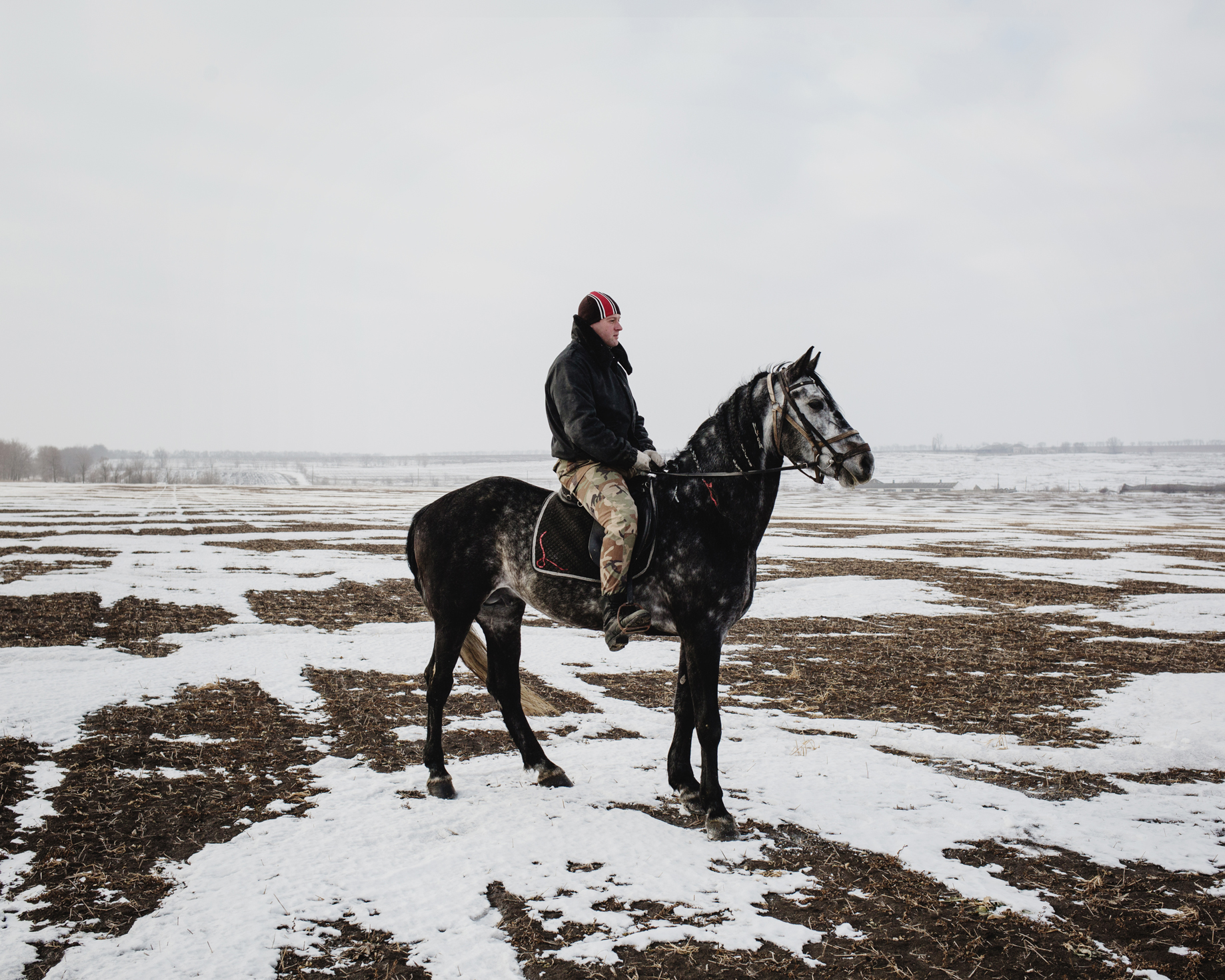
Ceadir-Lunga - In Konstantin Kelesh stud farm, Konstantin’s son trains a horse early in the morning.
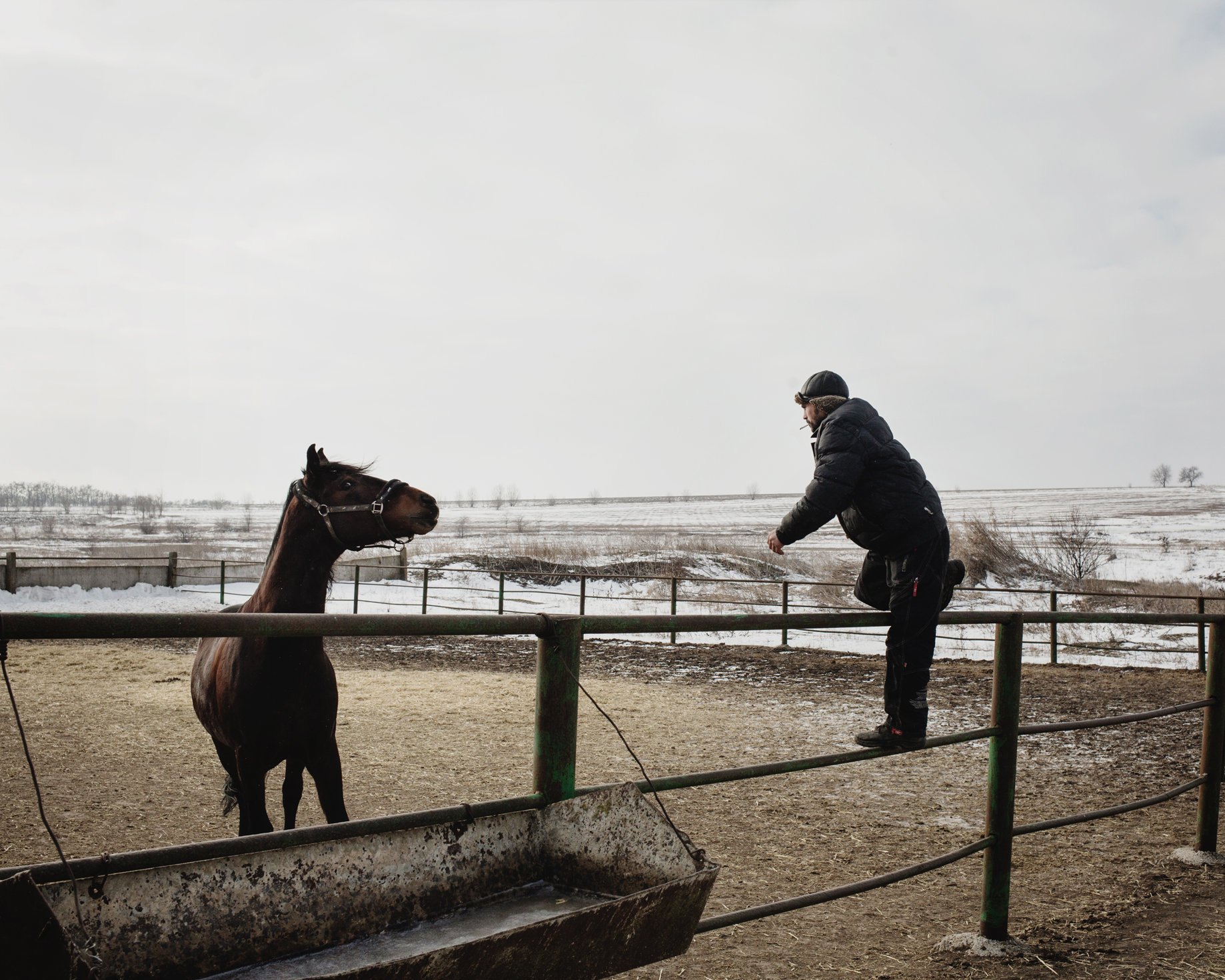
Ceadir-Lunga - In Konstantin Kelesh stud farm, a man play with one of the horses of the stud farm.
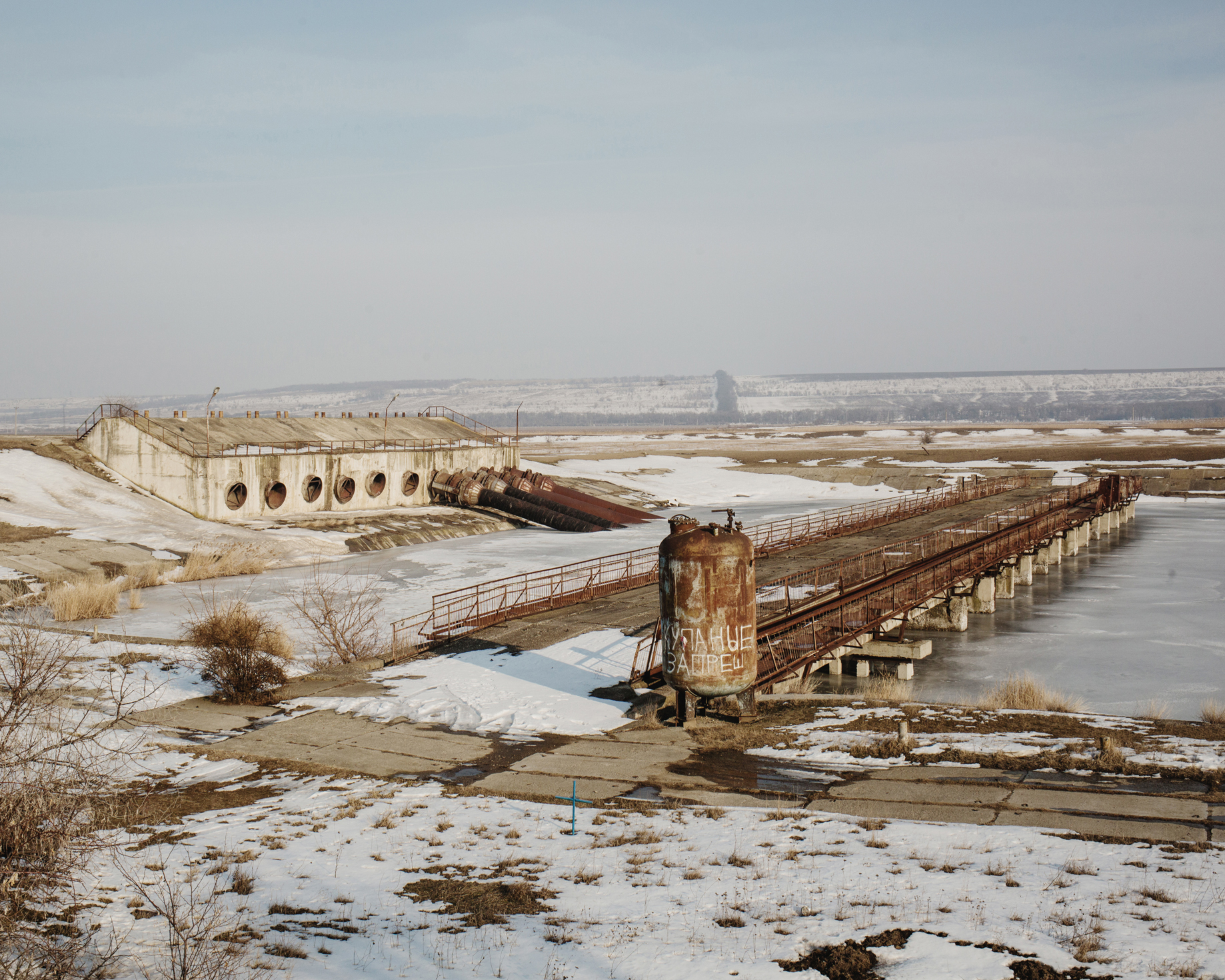
A former hydroelectric plant on the Ialpug channel.

Fishermen dig holes during winter on the frozen Ialpug channel in the Copceac raïon.
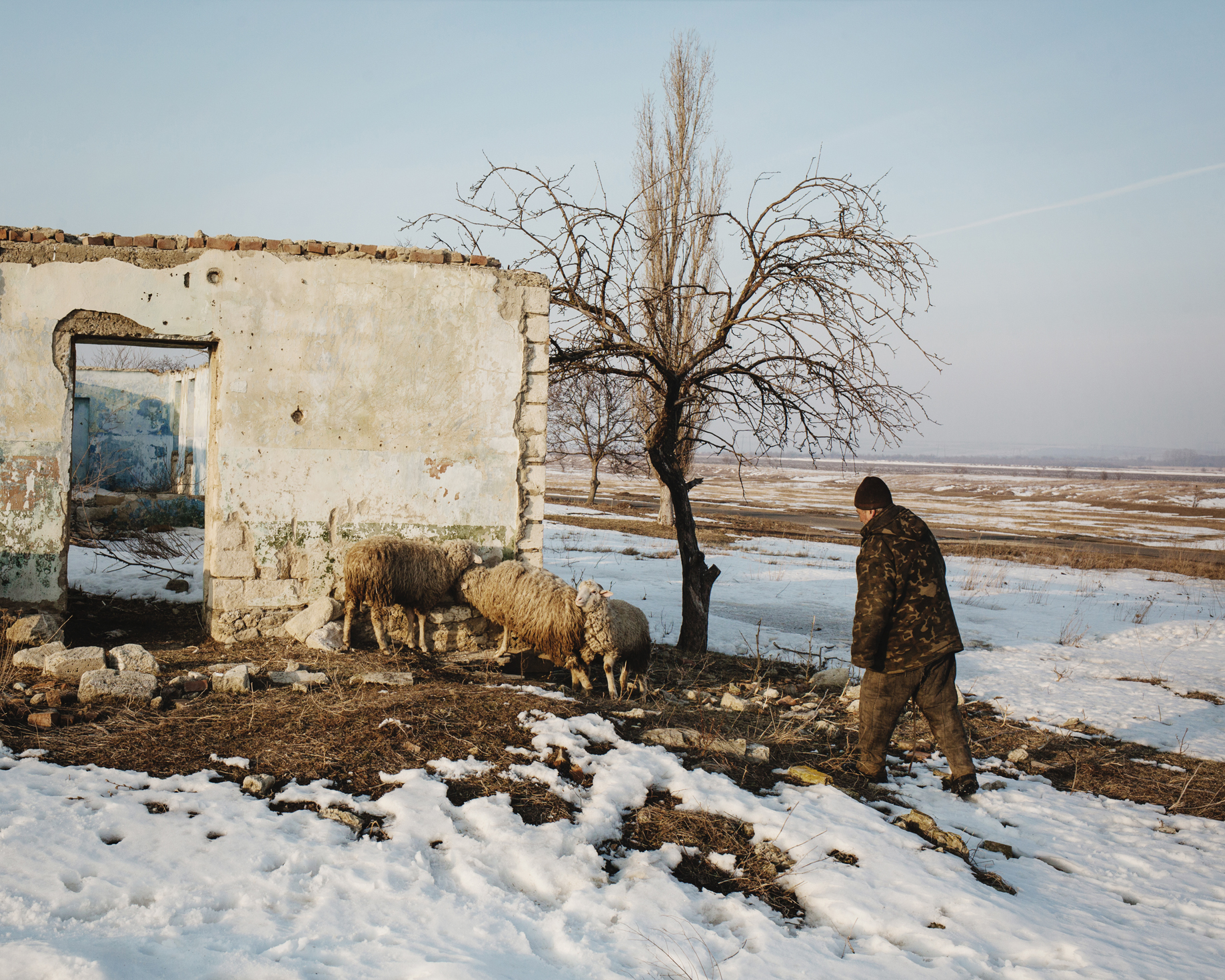
Iura, a sheperd, comes from Burlaceni, a village which was part of Gagauzia but is not anymore in the UTA.
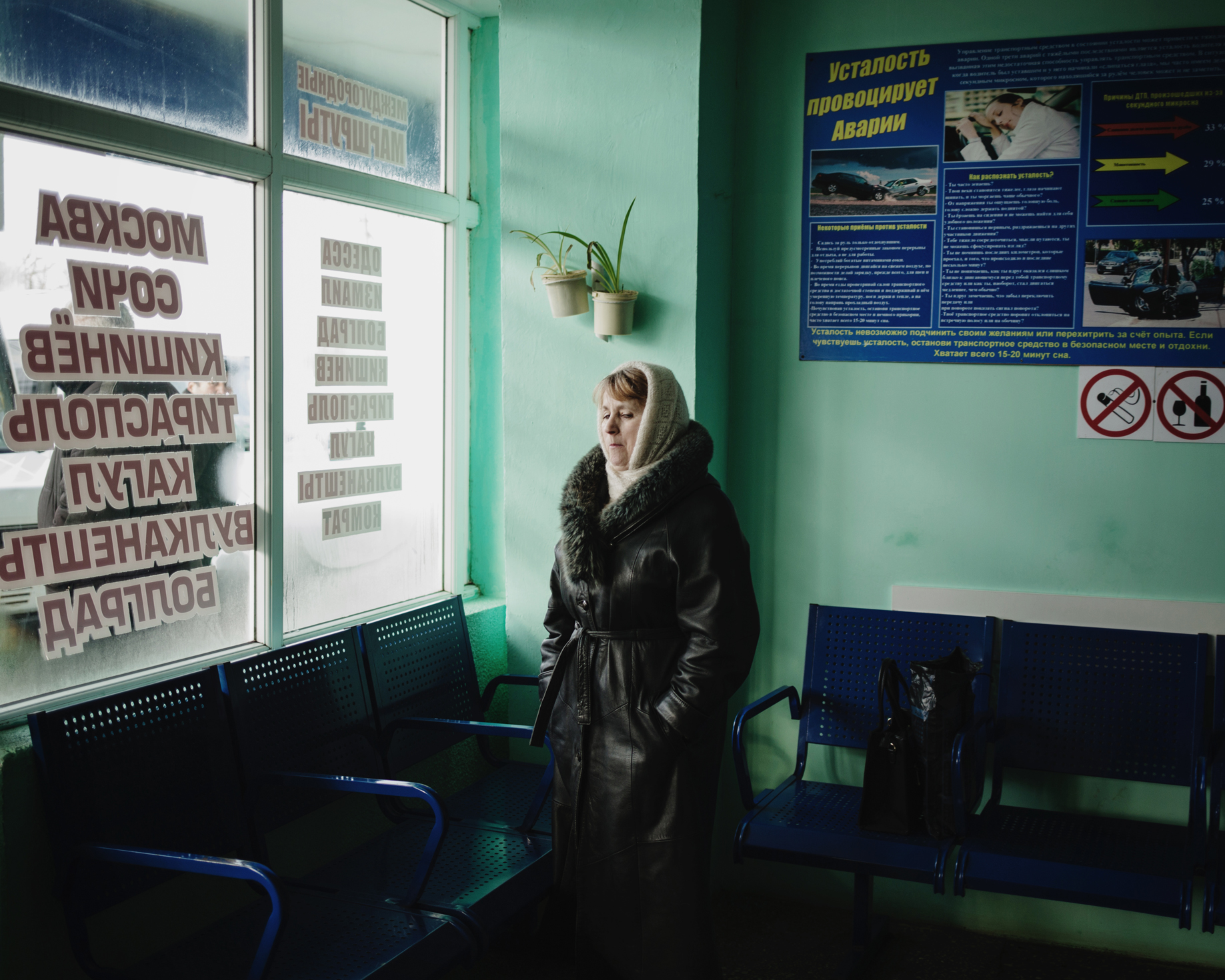
Ceadir-Lunga - In the main bus station where buses leave to Moldova, Russia, Transnistria, etc
The Gagauzs are Christians of Turkic origin living in the south of Moldova whose language mixes the Turkish of Anatolia and a bit of Bulgarian. At the fall of the USSR, the fear of the Gagauzs, as for the inhabitants of Transnistria, was a union between Moldova and Romania and the risk for those two non romanian-speaking populations to be “lost” in a Romanian-speaking country. Even today, very few Gagauzs speak Romanian, and use Russian or Gagauz.
Unlike Transnistria, they did not obtain their independence after their uprising. Their ephemeral and self-proclaimed Republic in 1991 had to drop flag after three years due to a lack of support and local resources. But since 1994, they officially have a very strong autonomous status in the Moldovan State. Today Gagauzia is officially an Autonomous Territorial Unity (split up in 3 parts) within the Moldovan Republic. In this respect, Gagauzia could be an example of successful reintegration for the unrecognized States that flourished throughout the former Soviet area. However, little by little, the Gagauz autonomy is nibbled and reduced to a symbolic portion. A reality that the Gagauzs are not at all ready to accept.
Traditionally Gagauzs are more pro-Russia and pro-Turkey, recently they confirmed by referendum that they would refuse any rapprochement with the EU and prefer to join the Eurasian Custom Office (Armenia, Belarus, Kazakhstan, Kyrgyzstan, Russia). Another obstacle for Moldova on its way to European integration (after Transnistria).